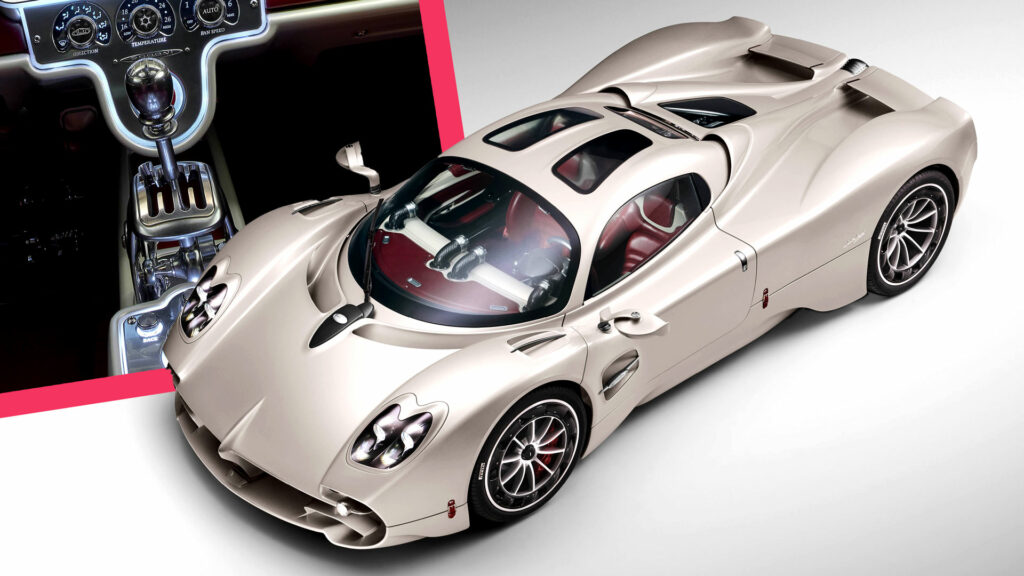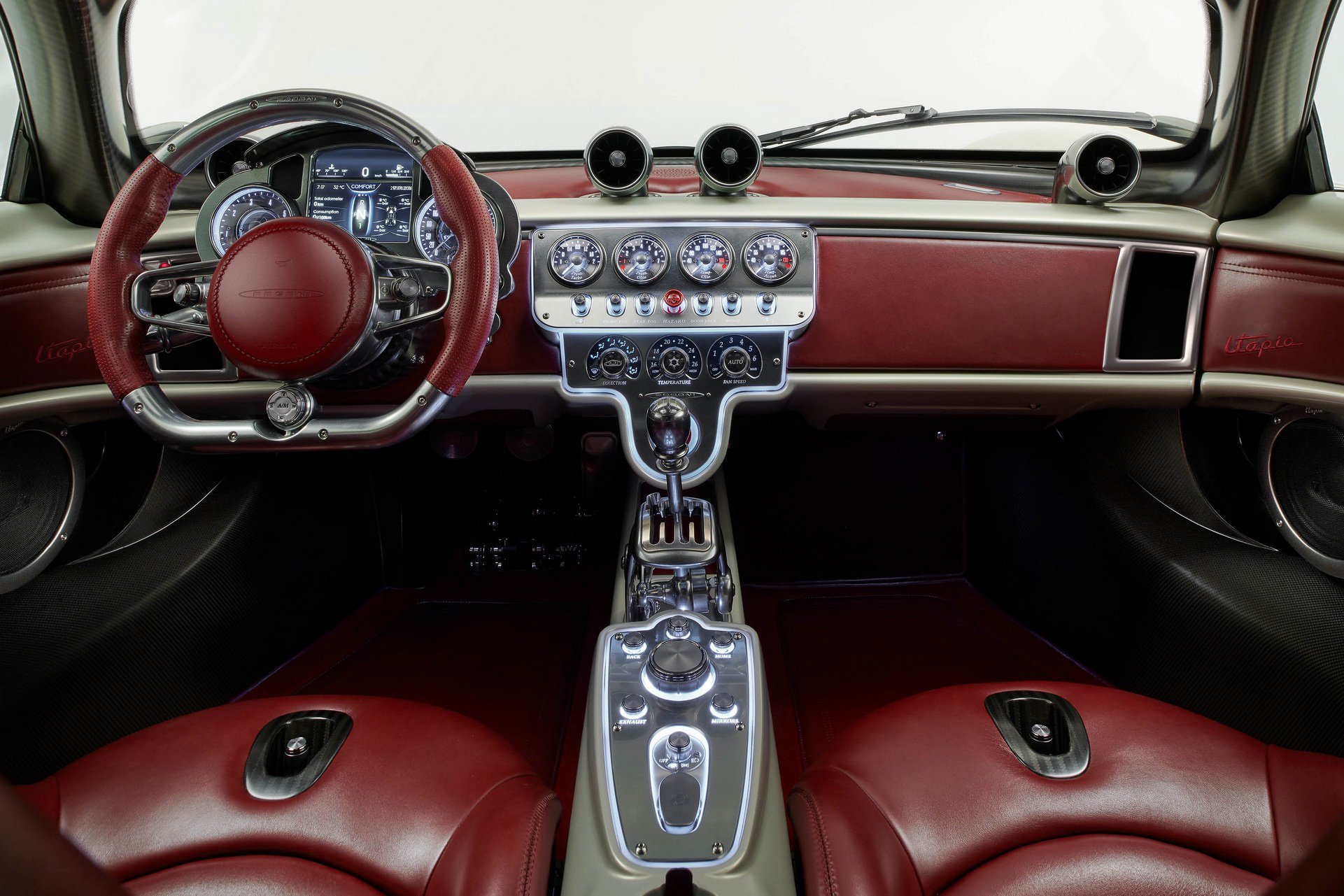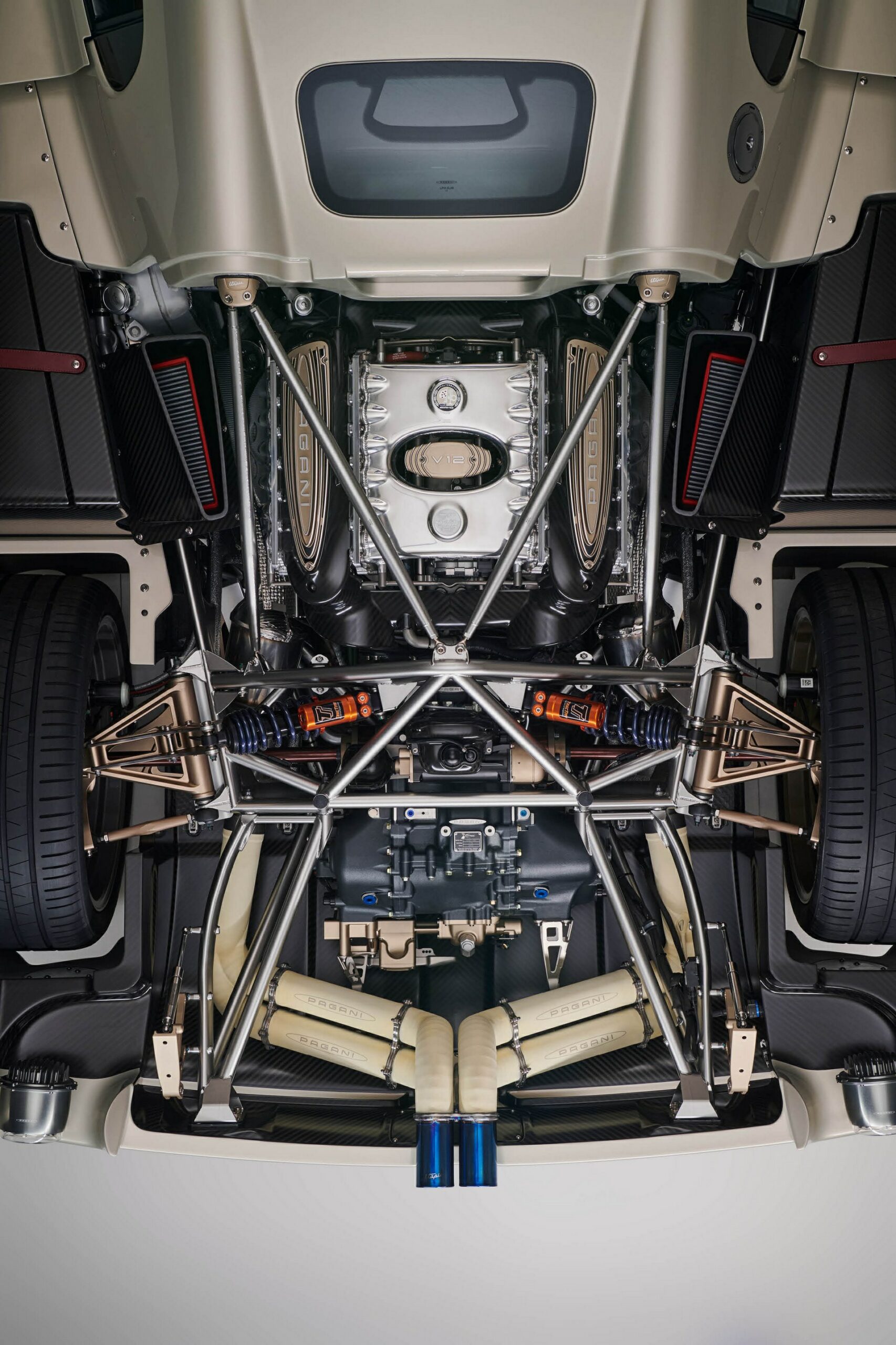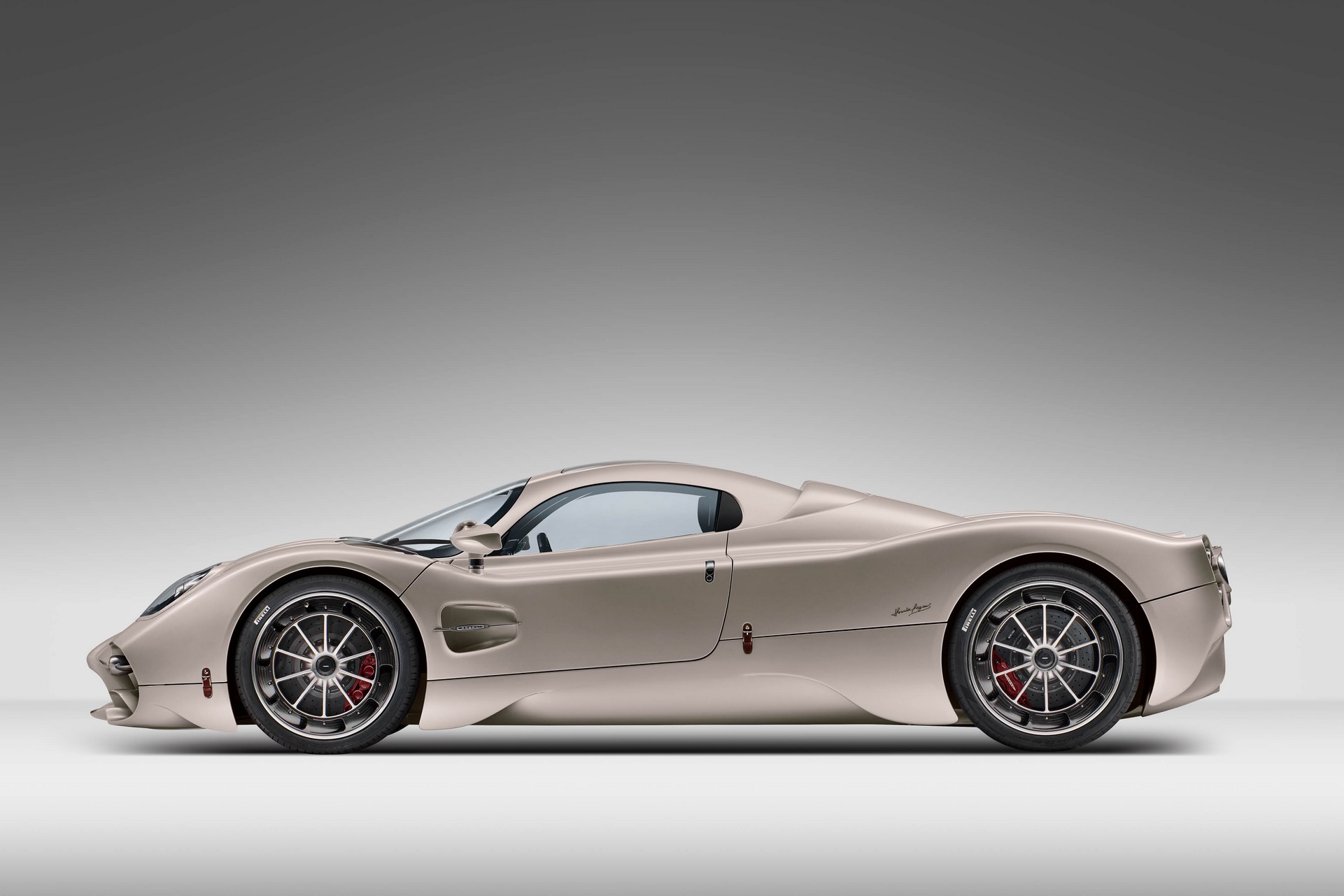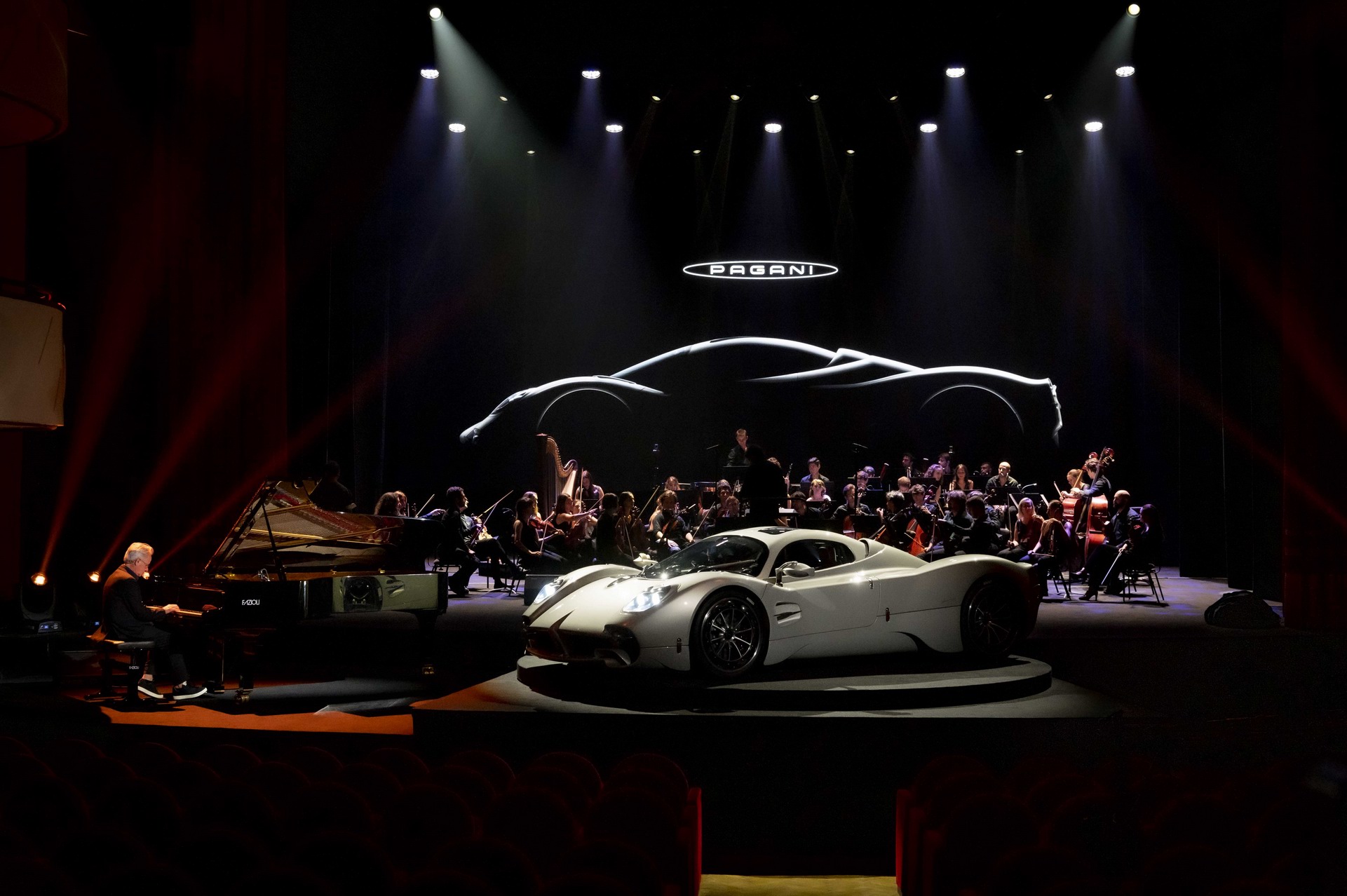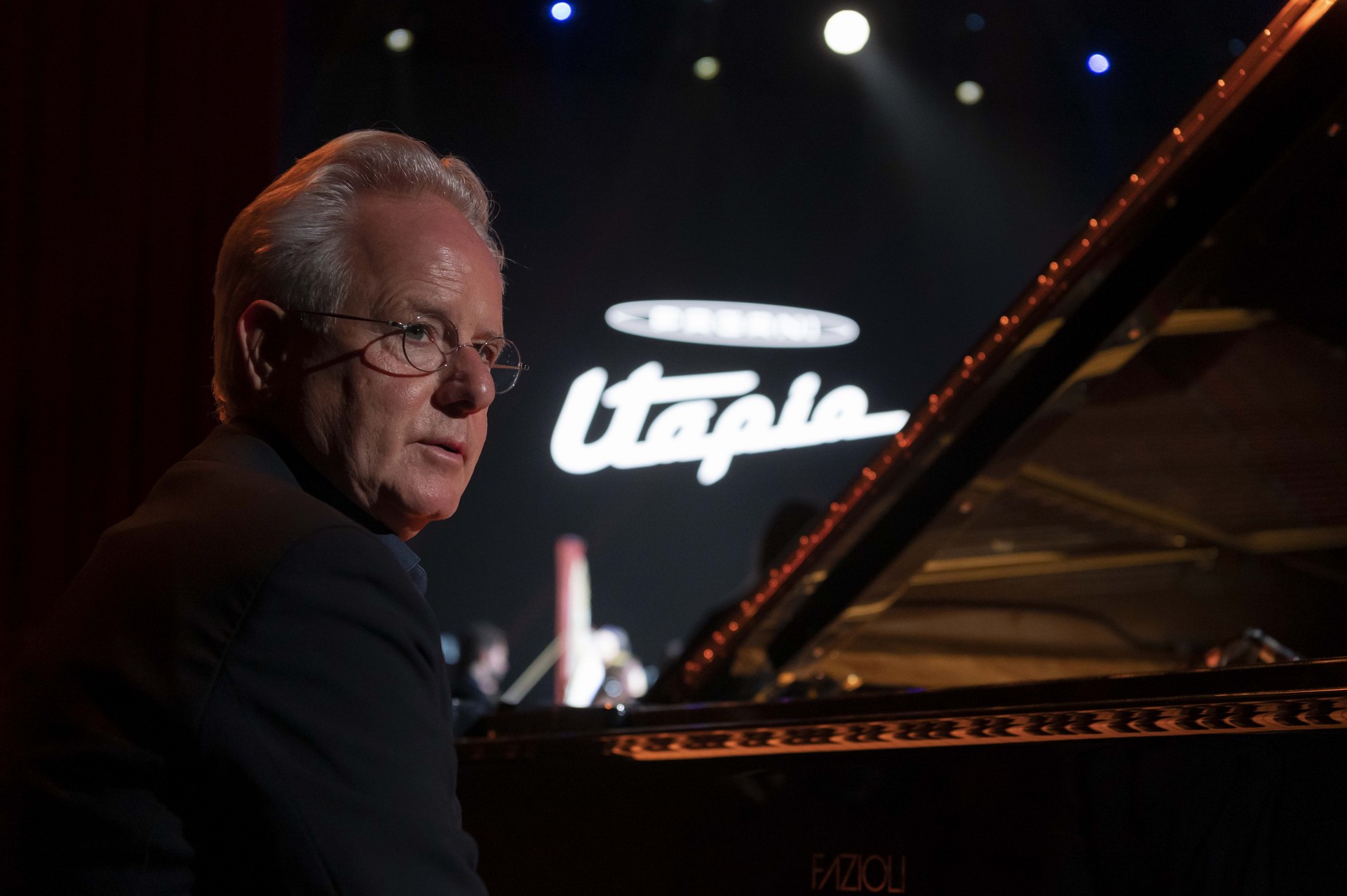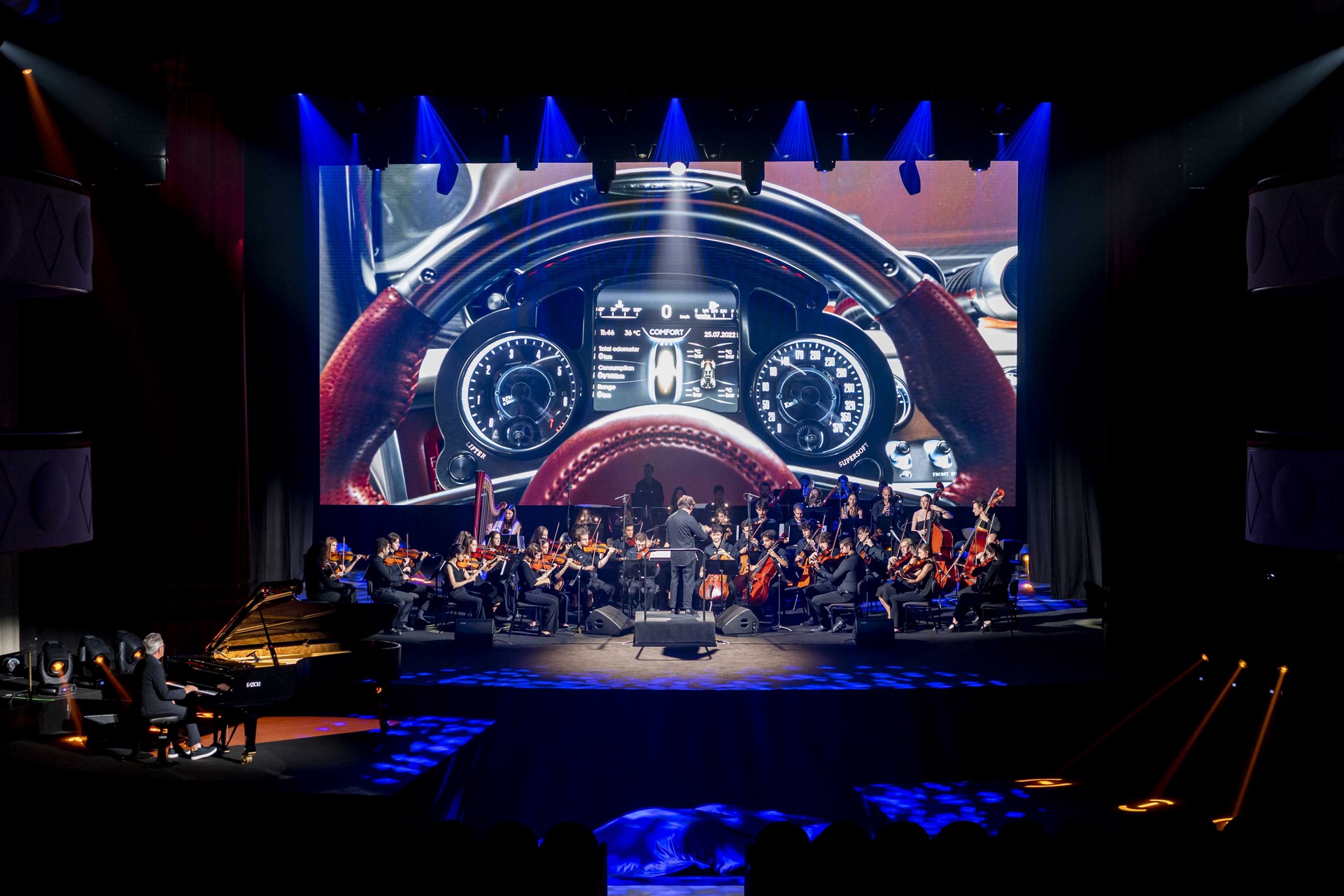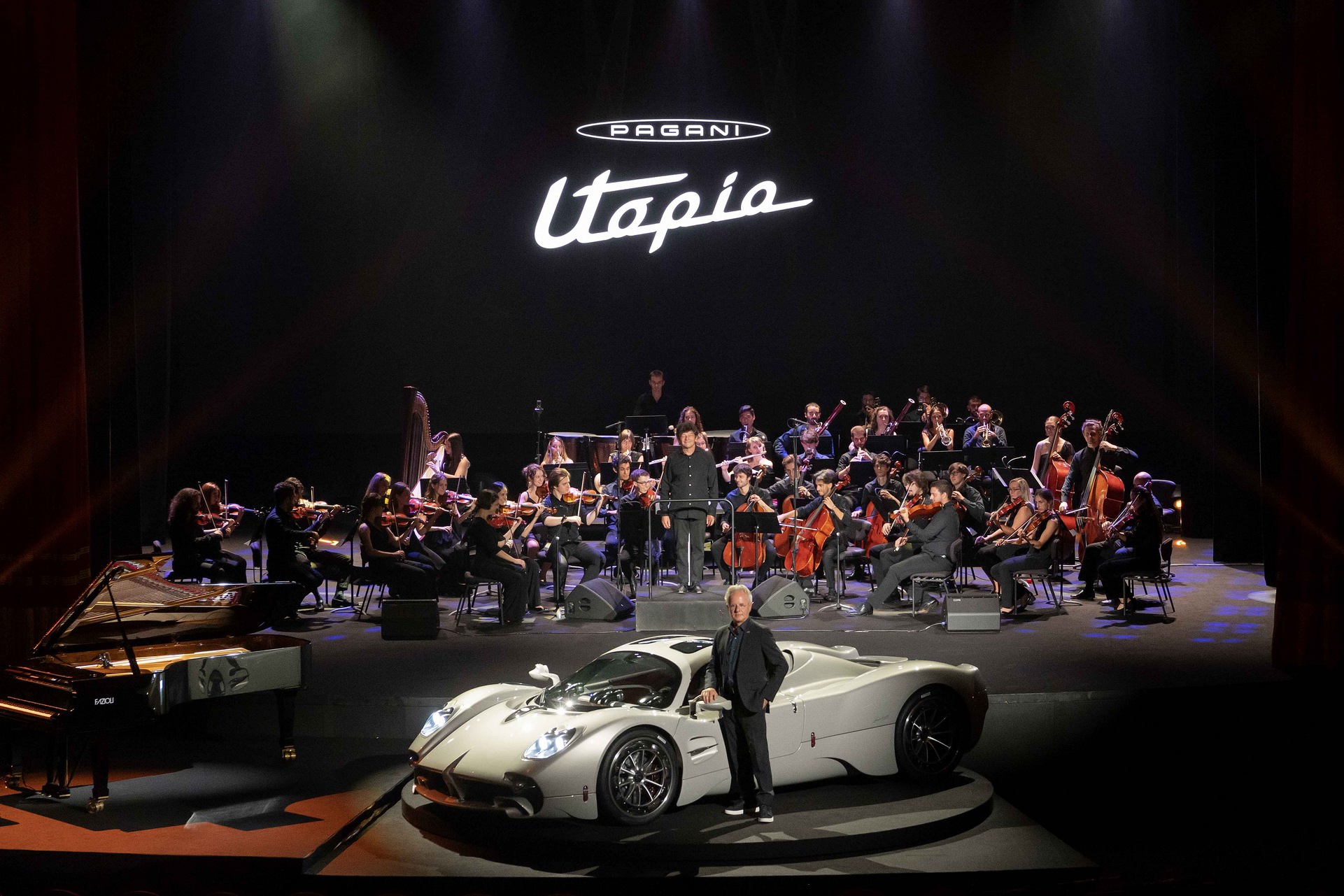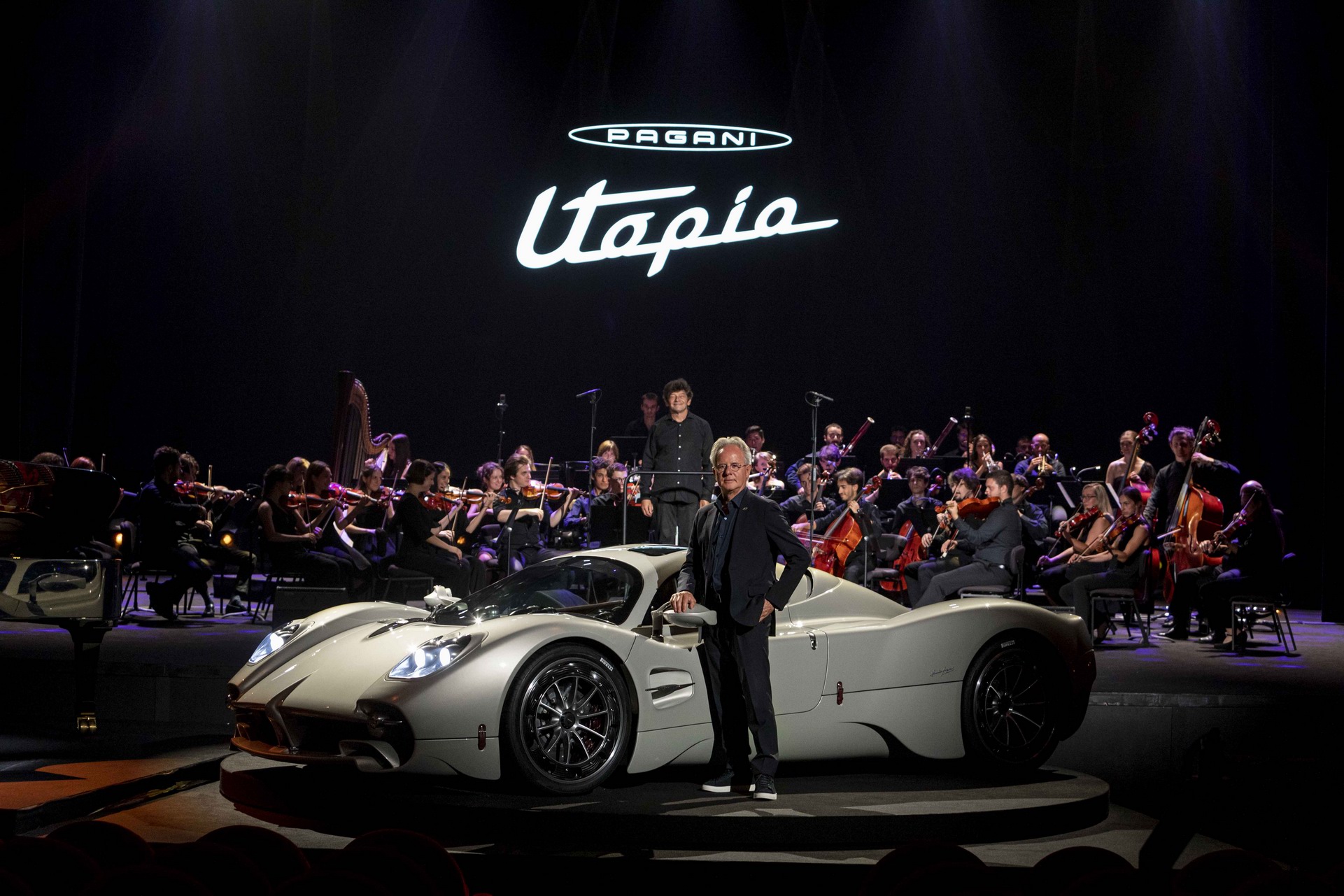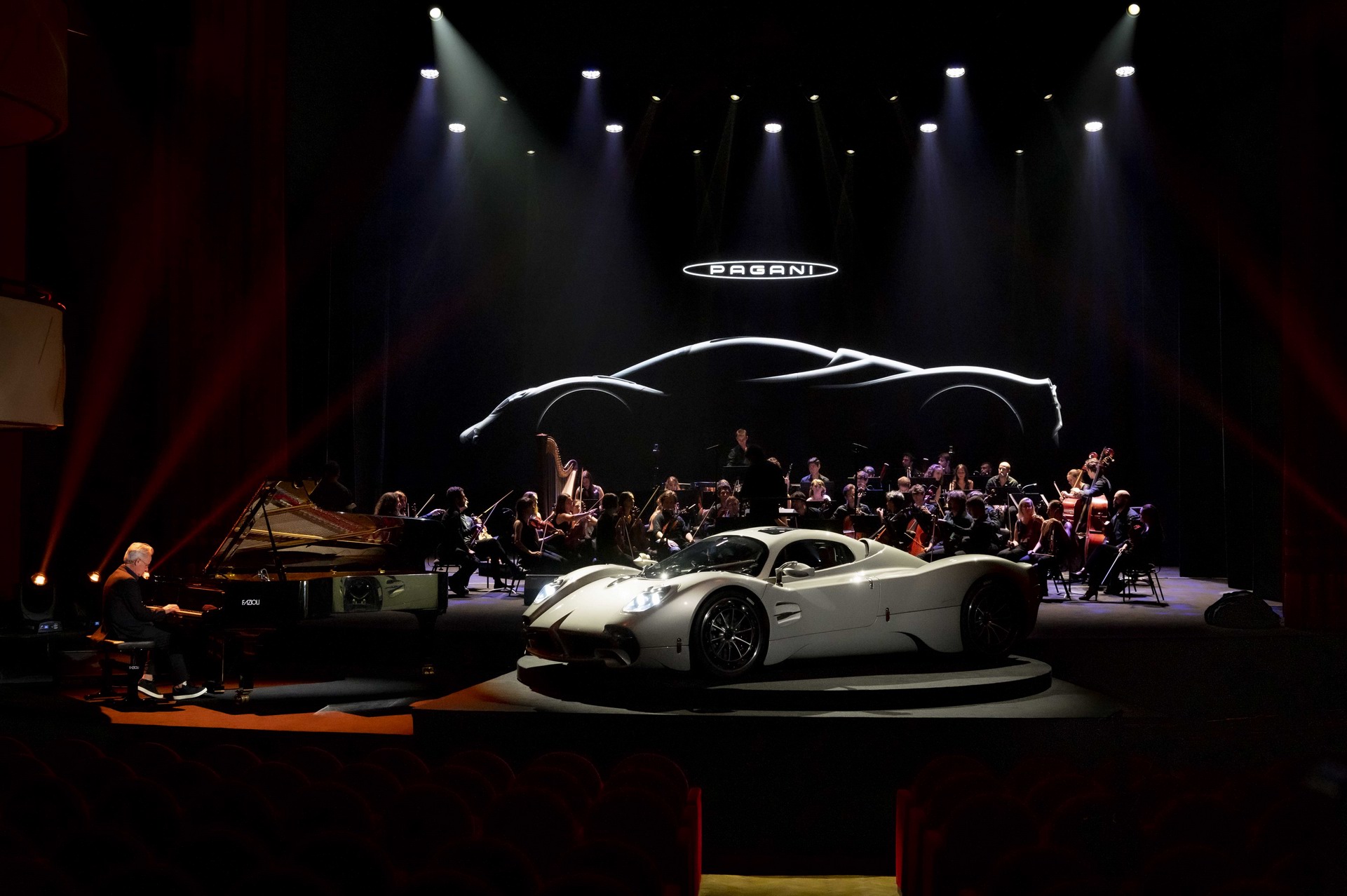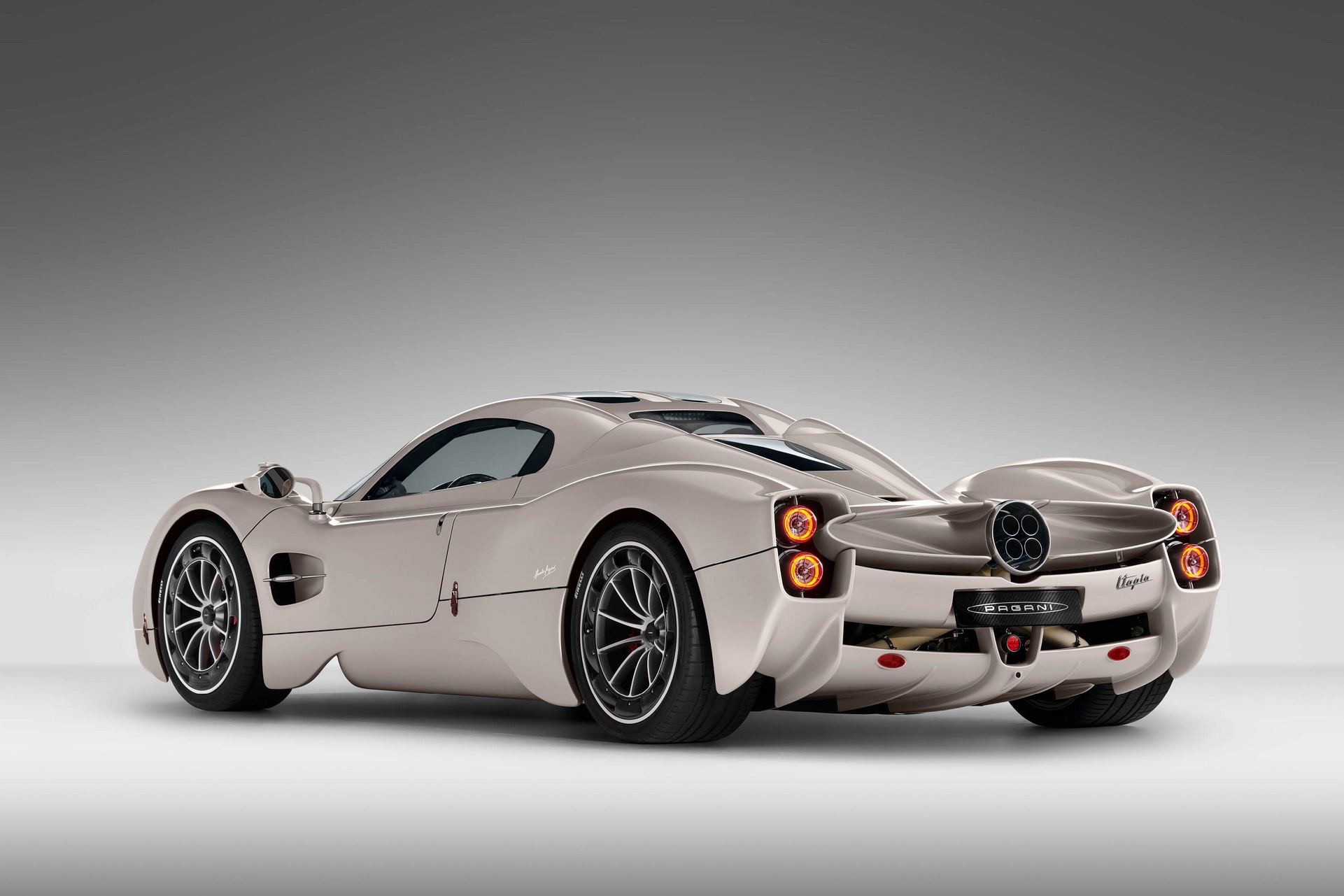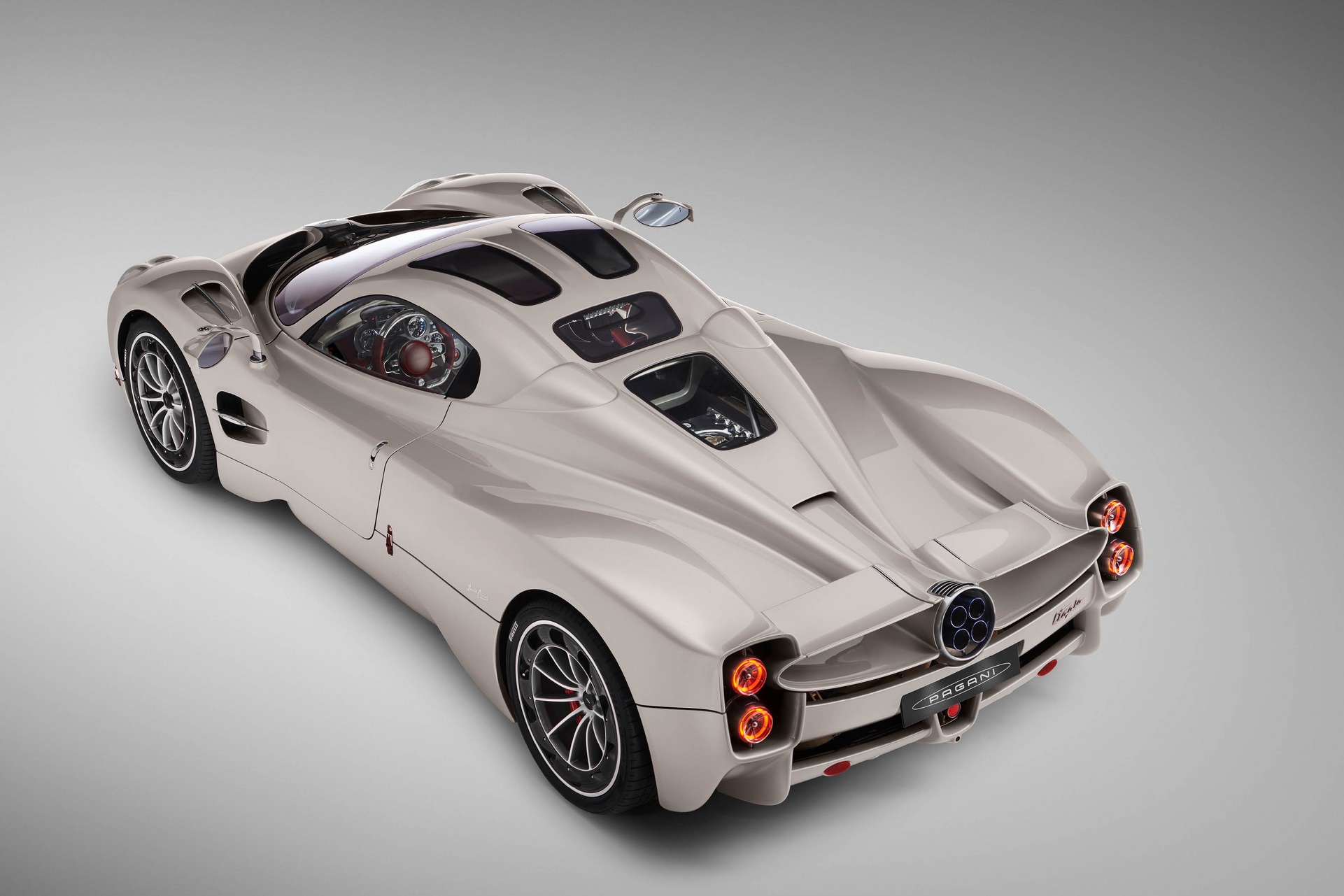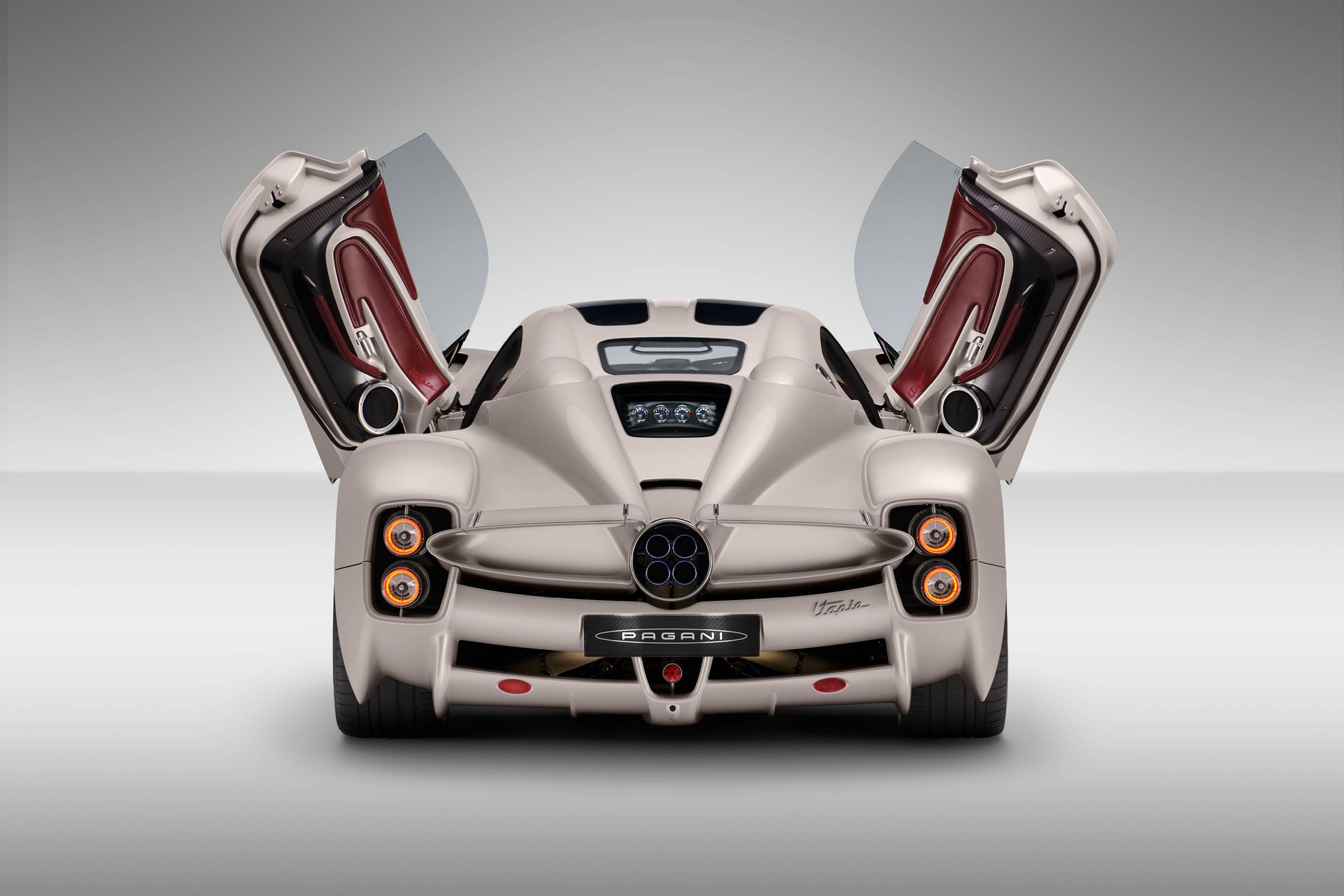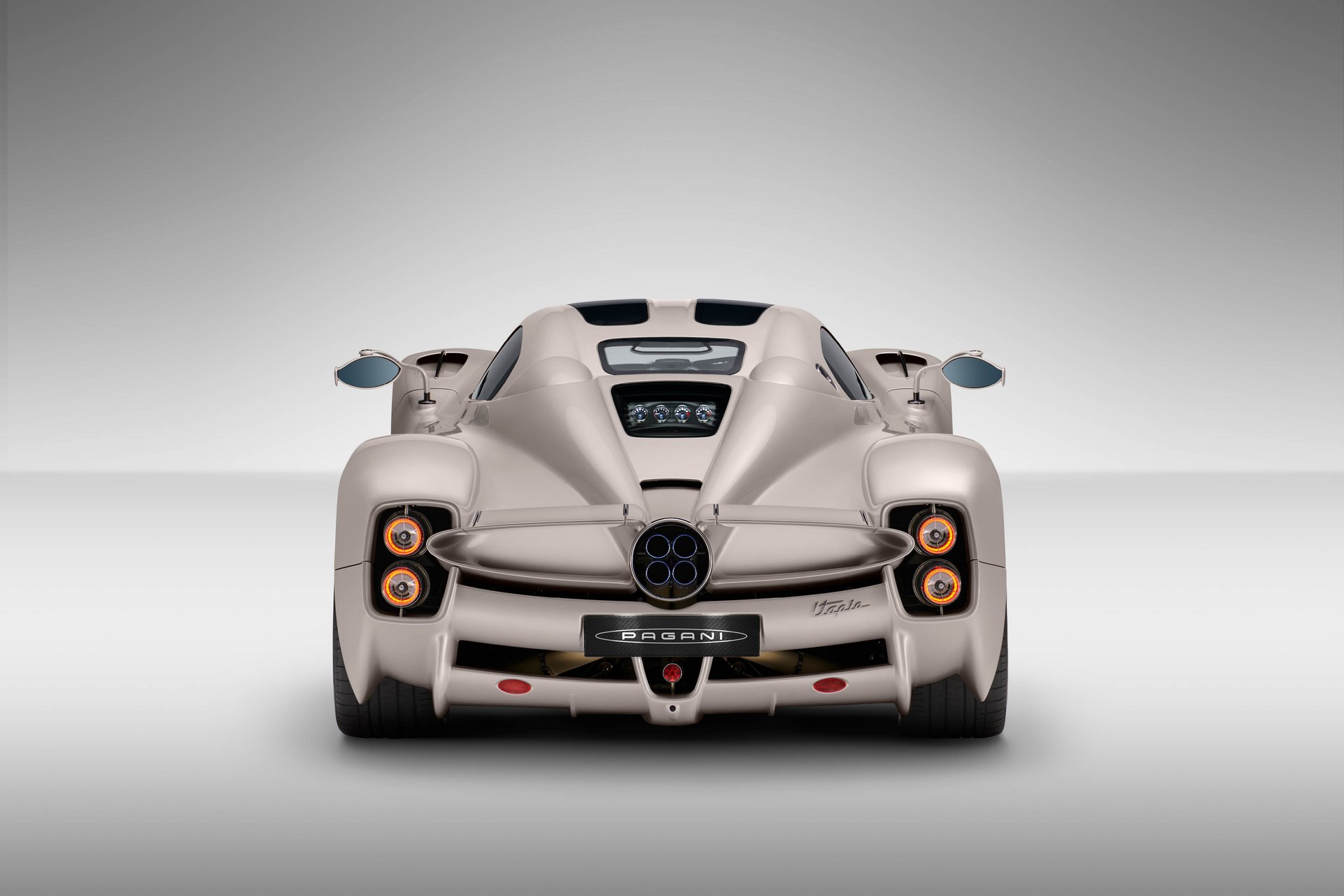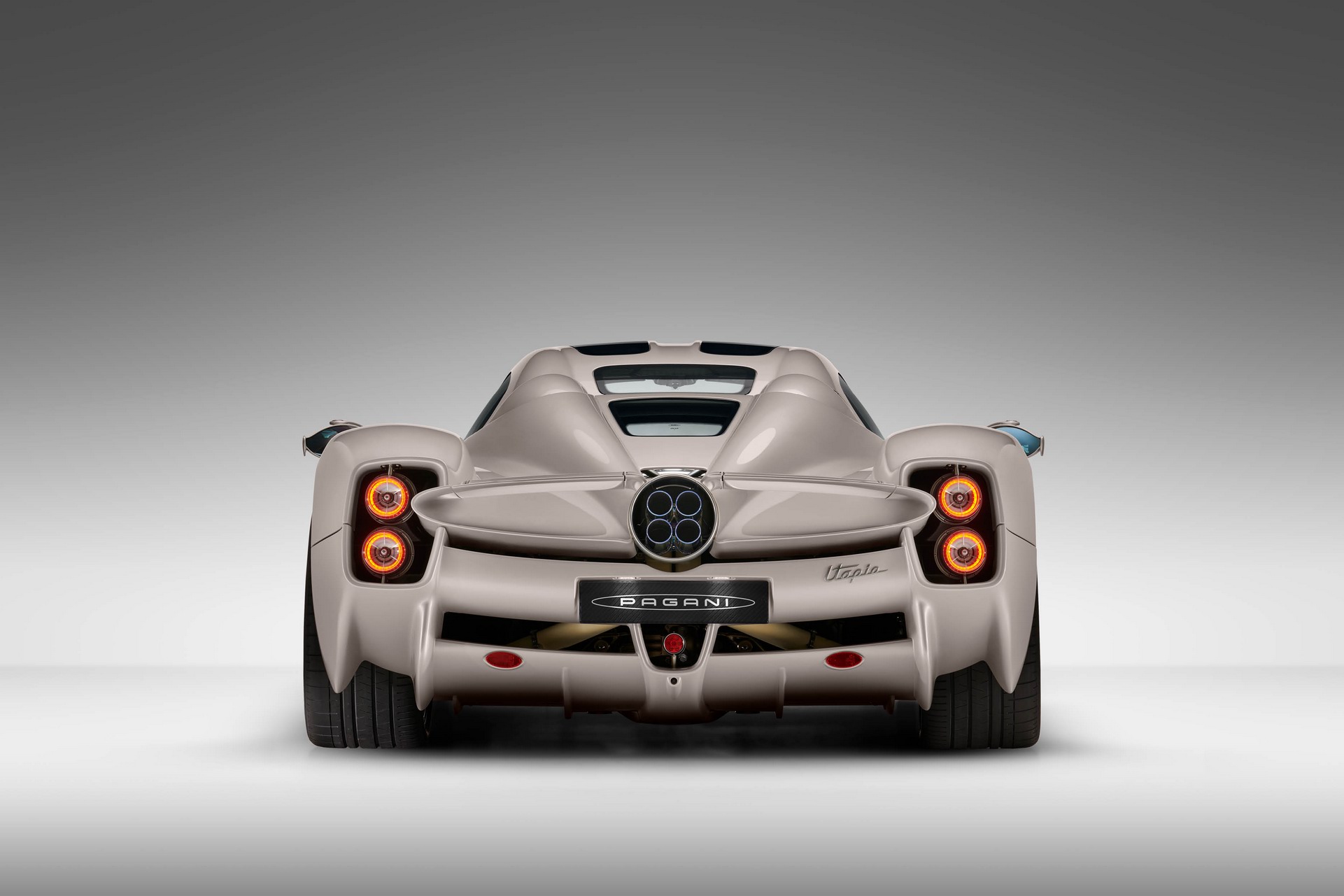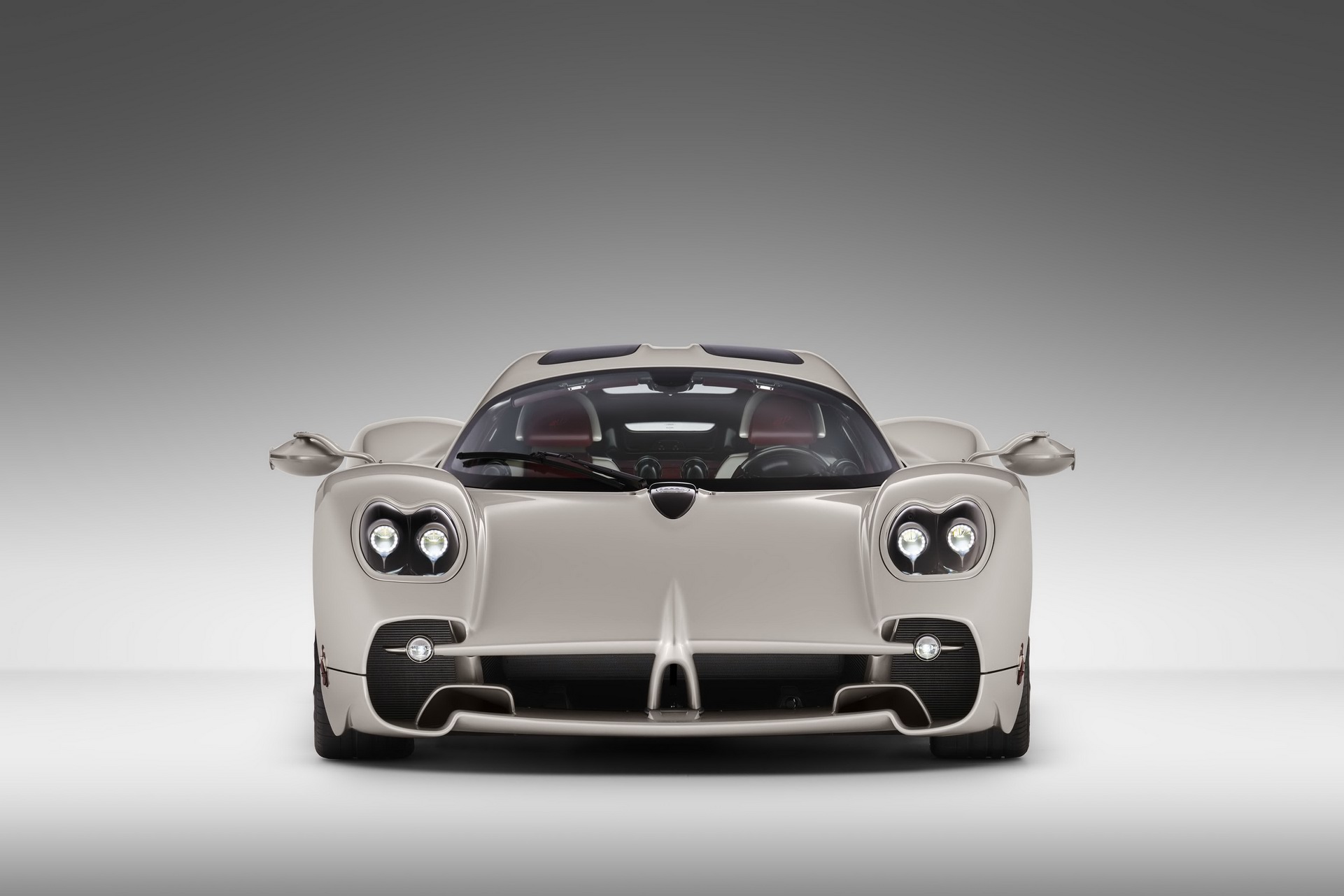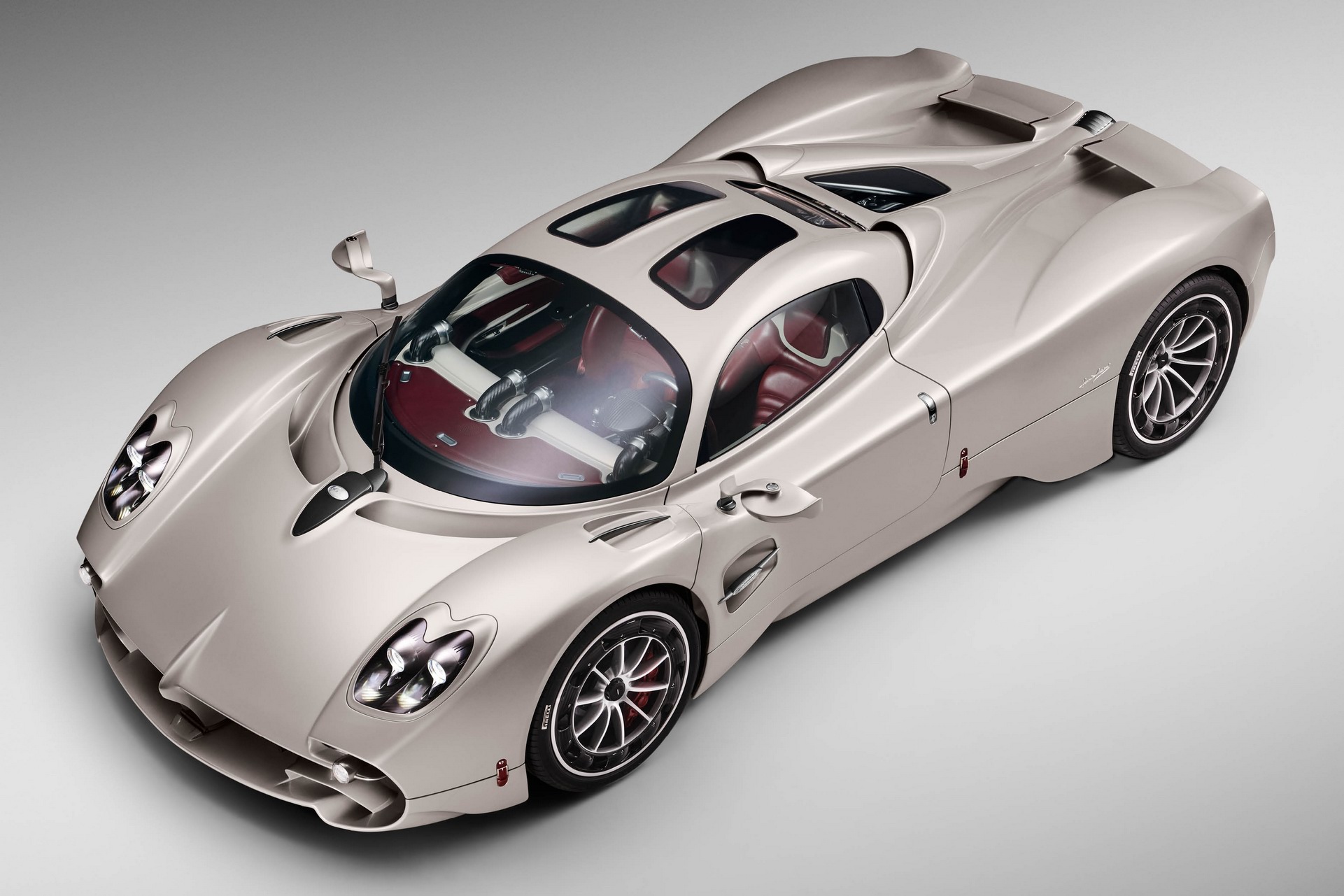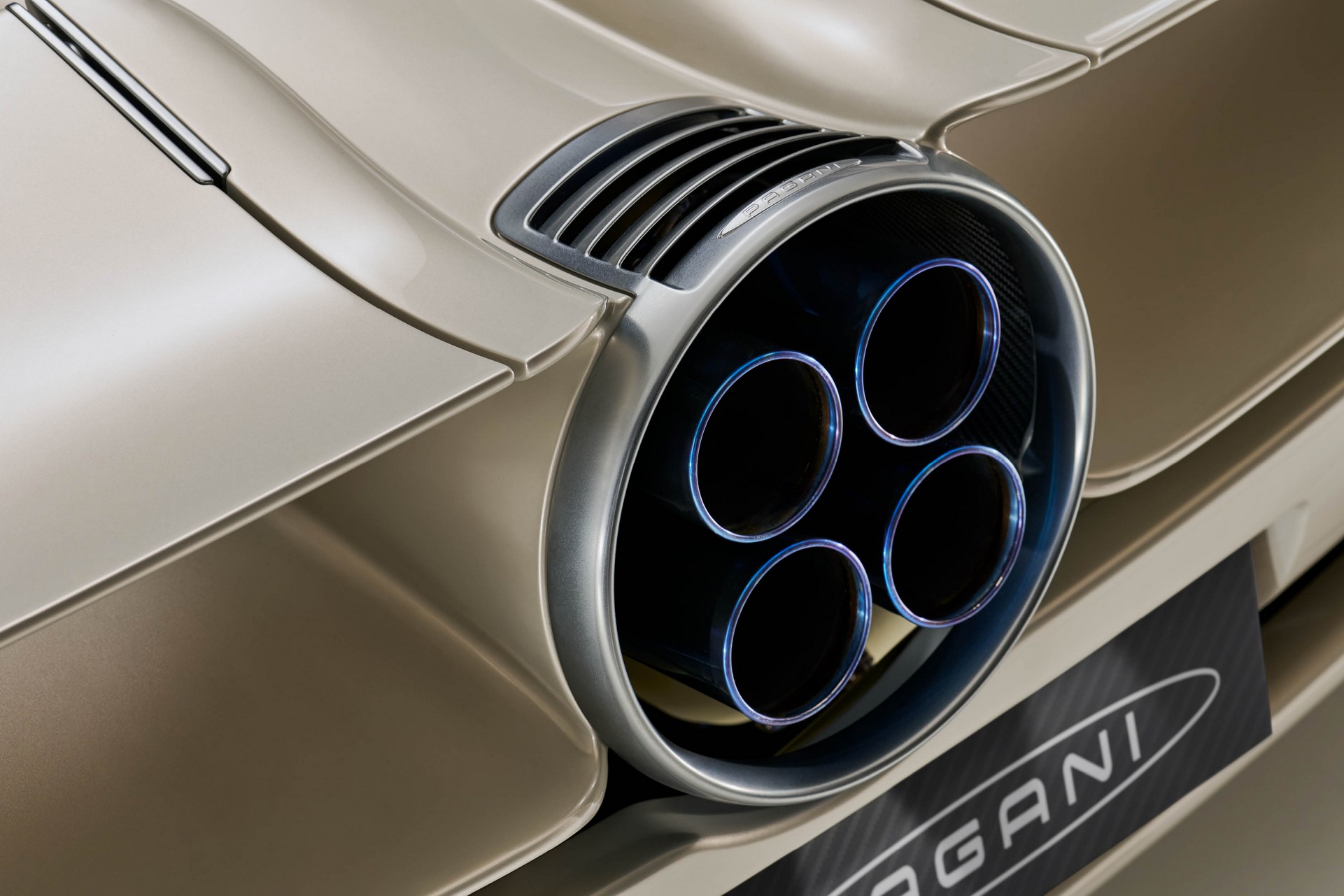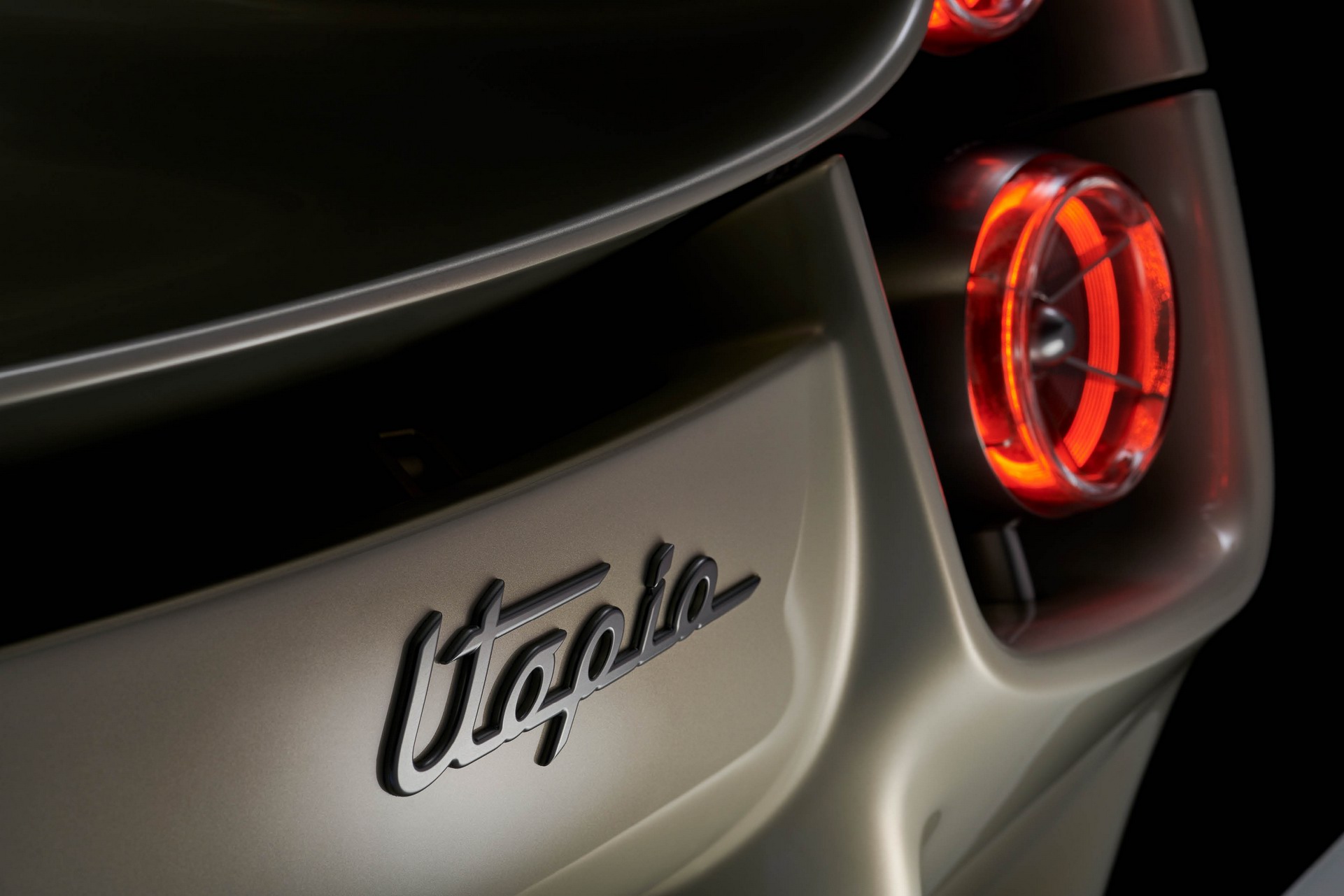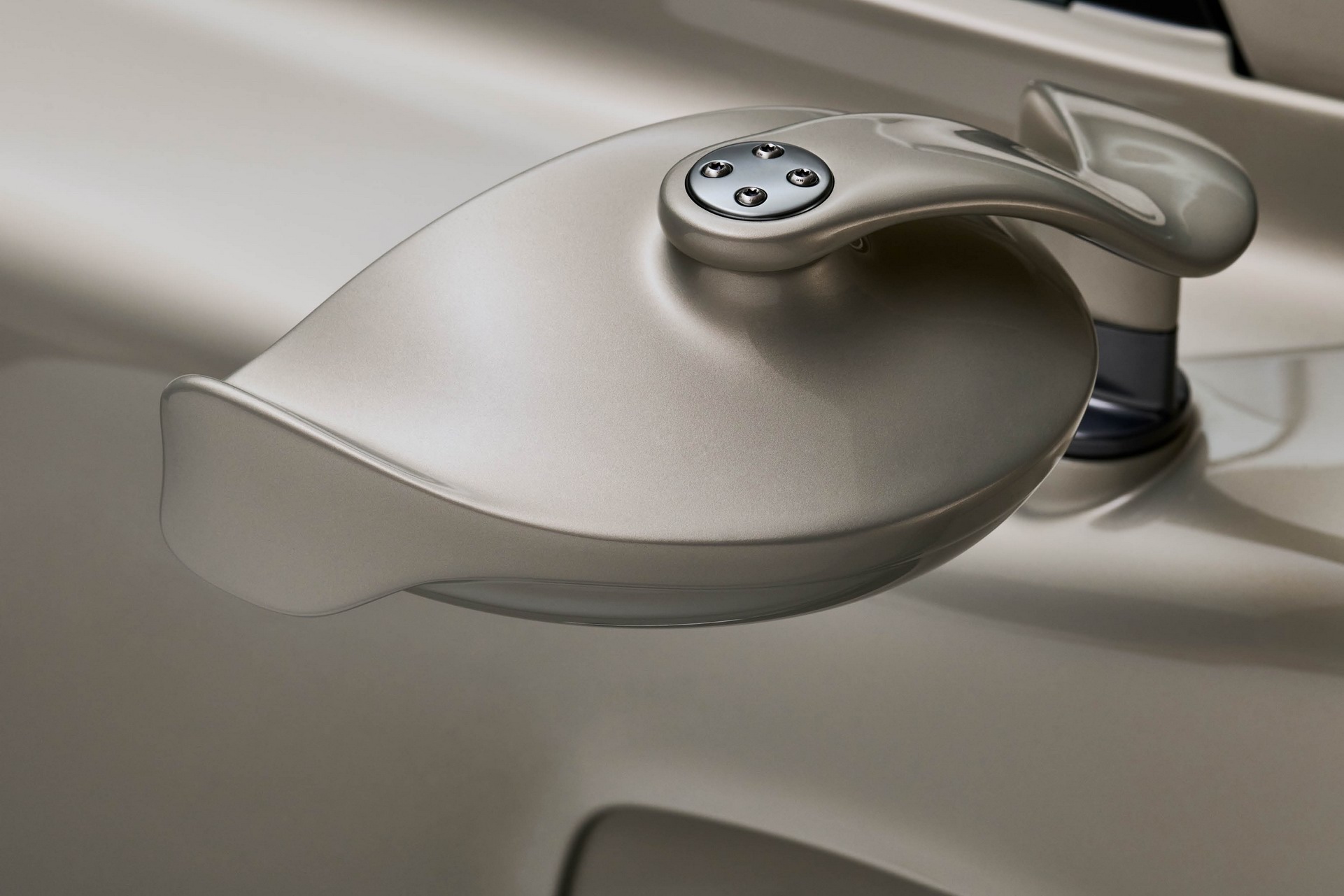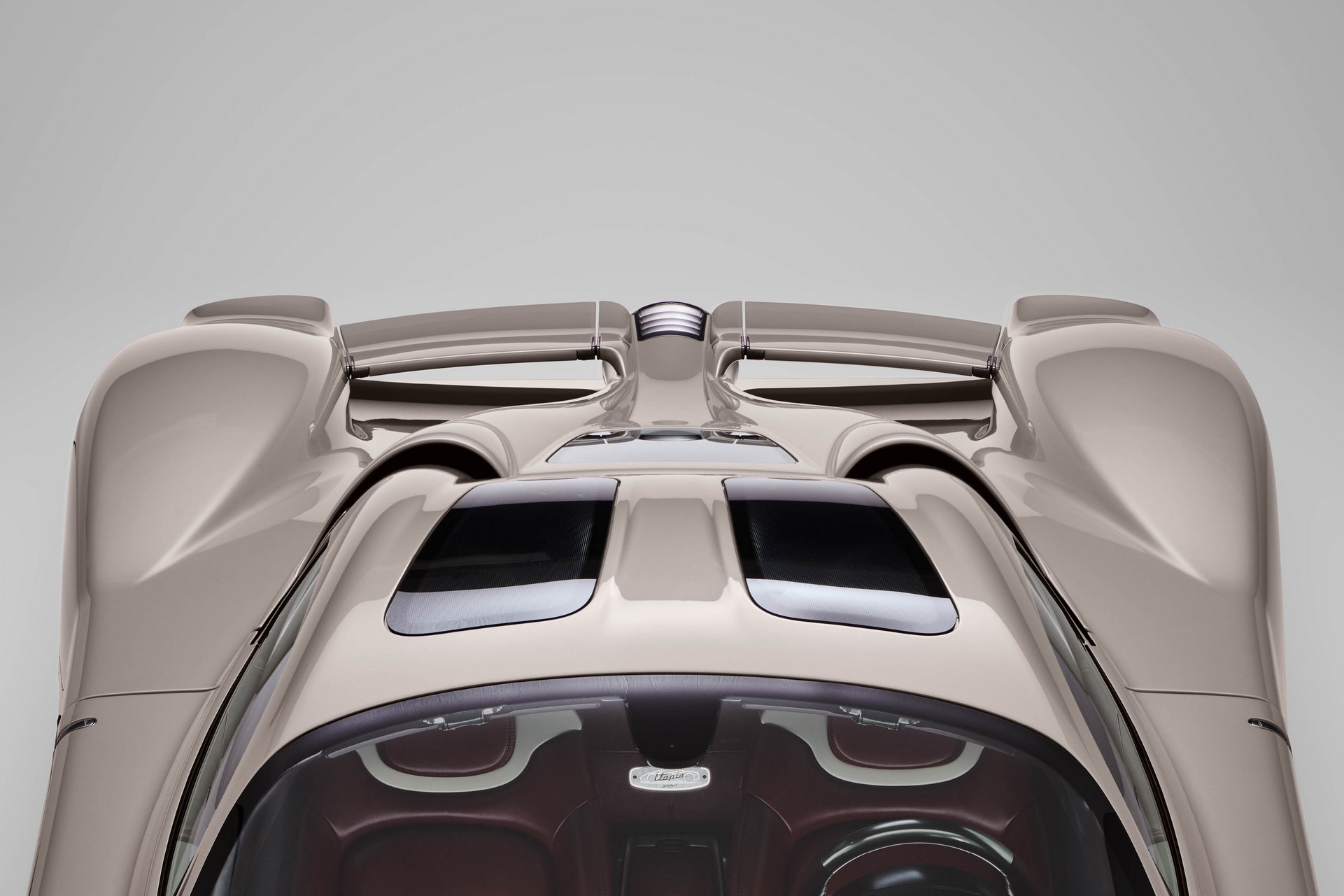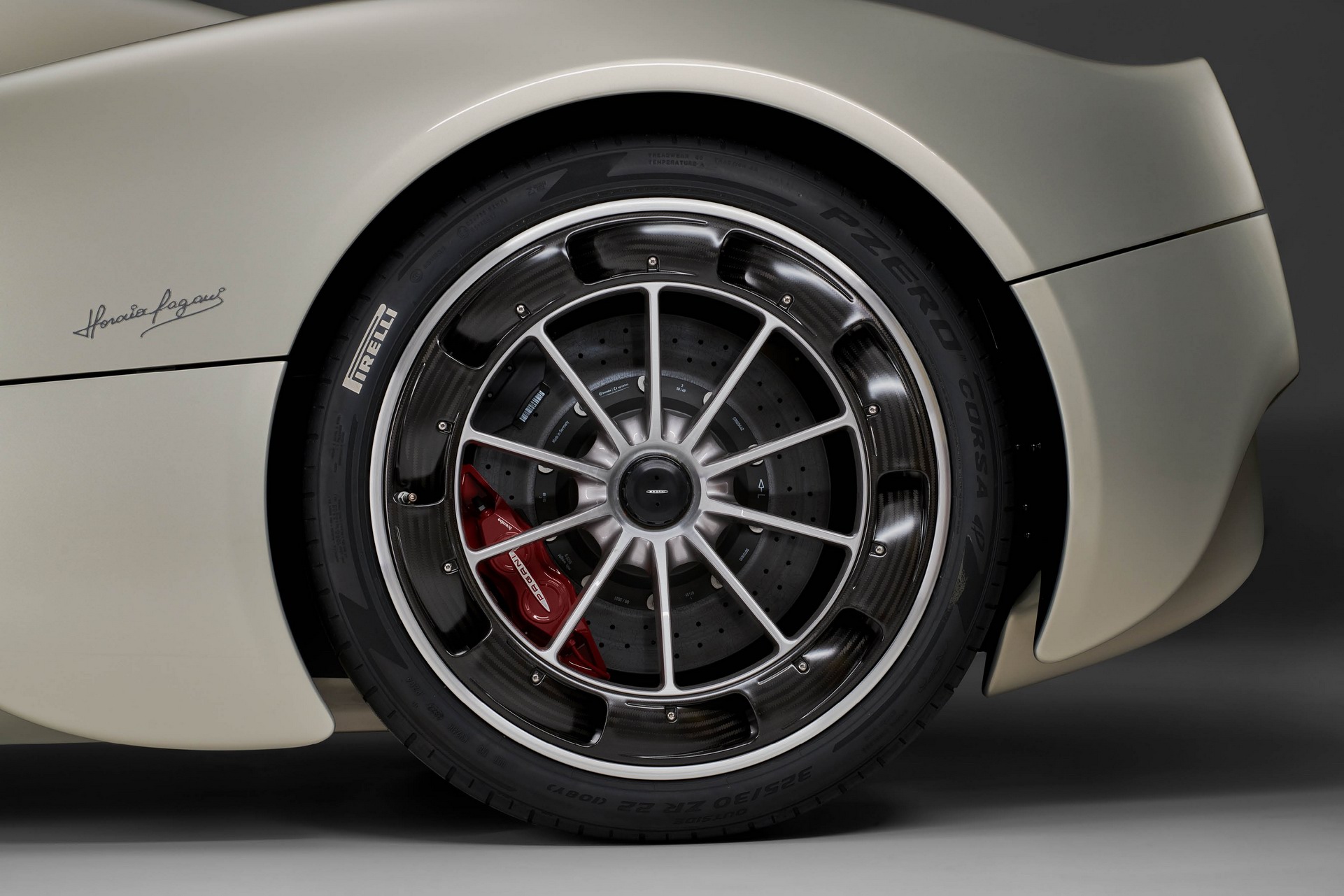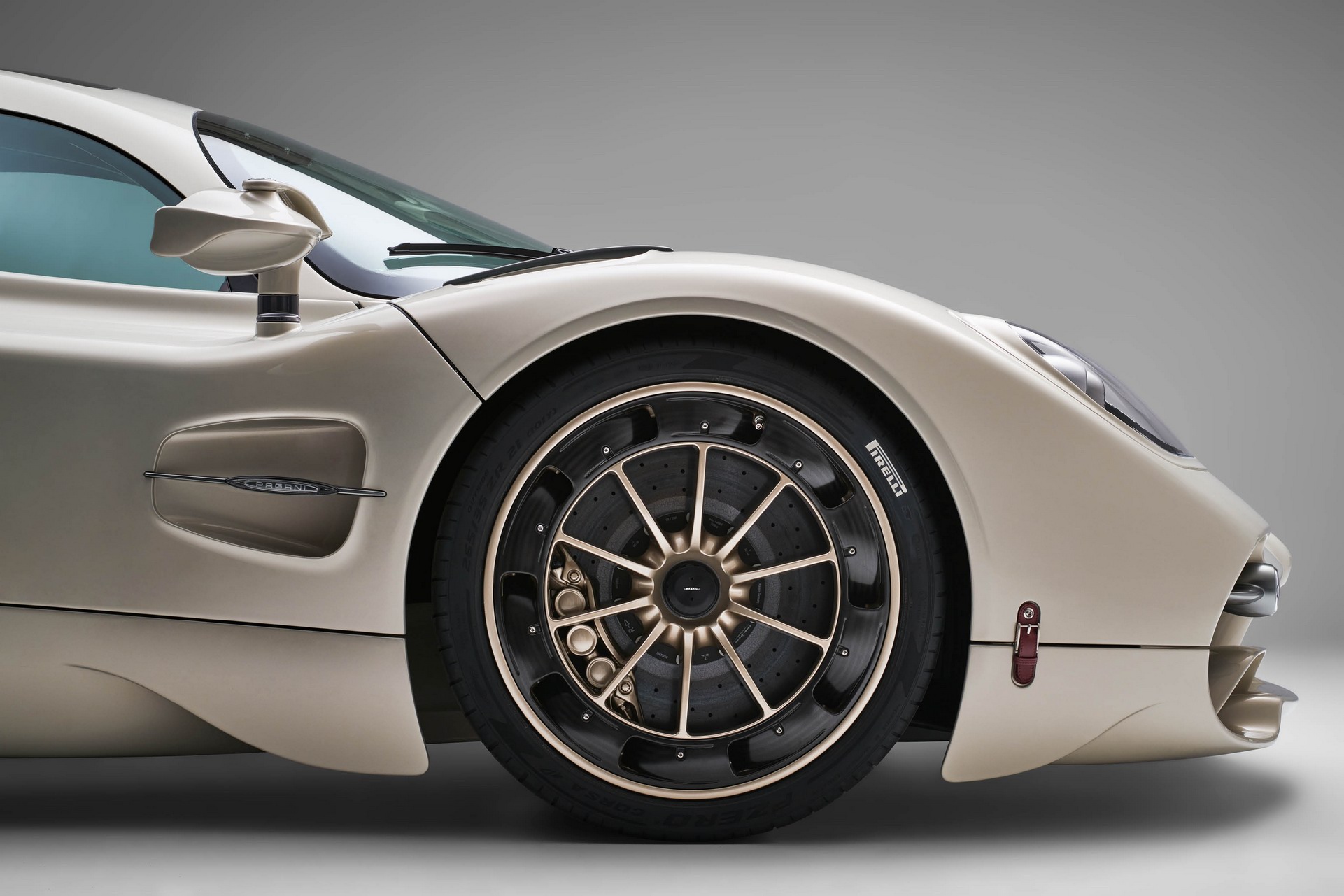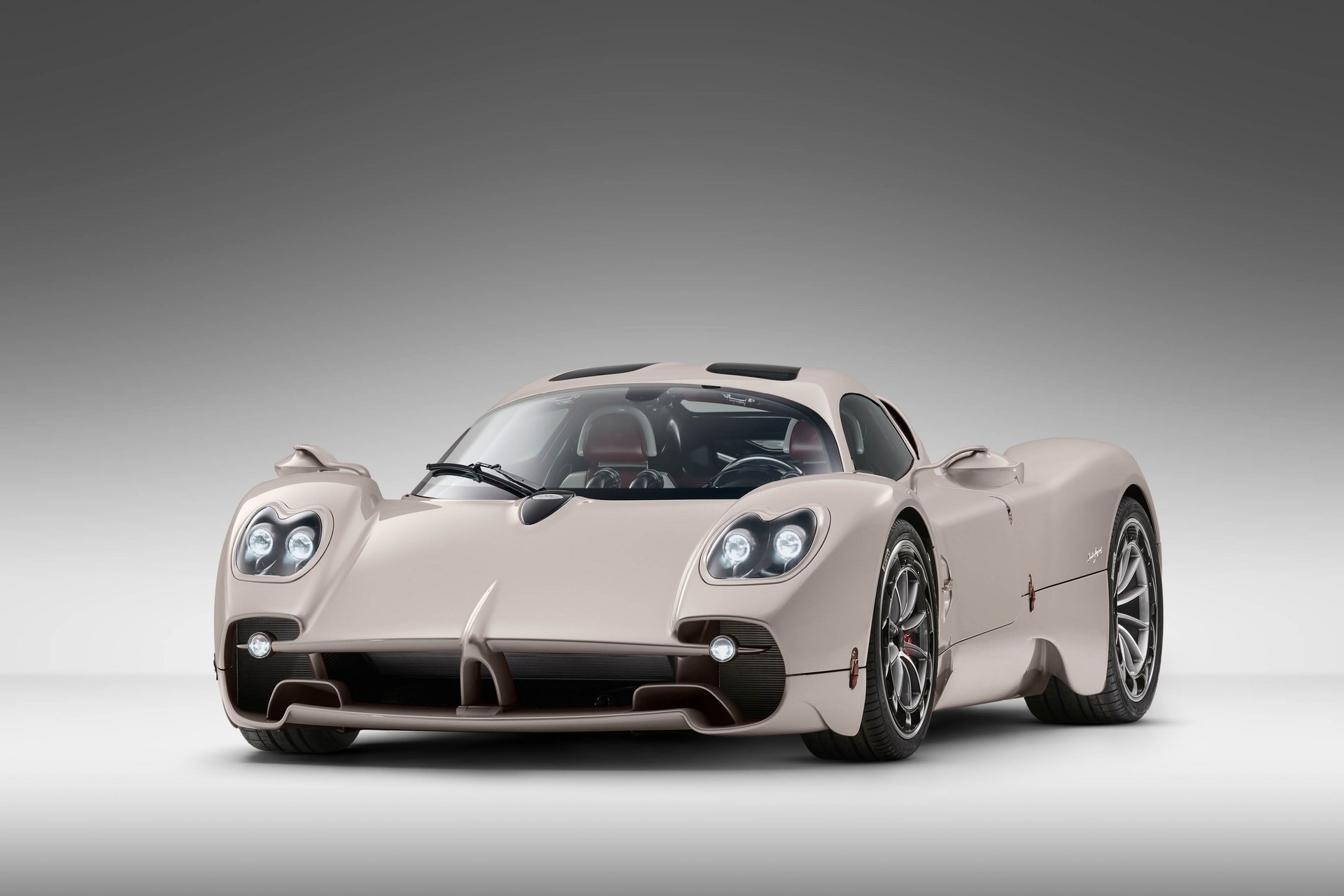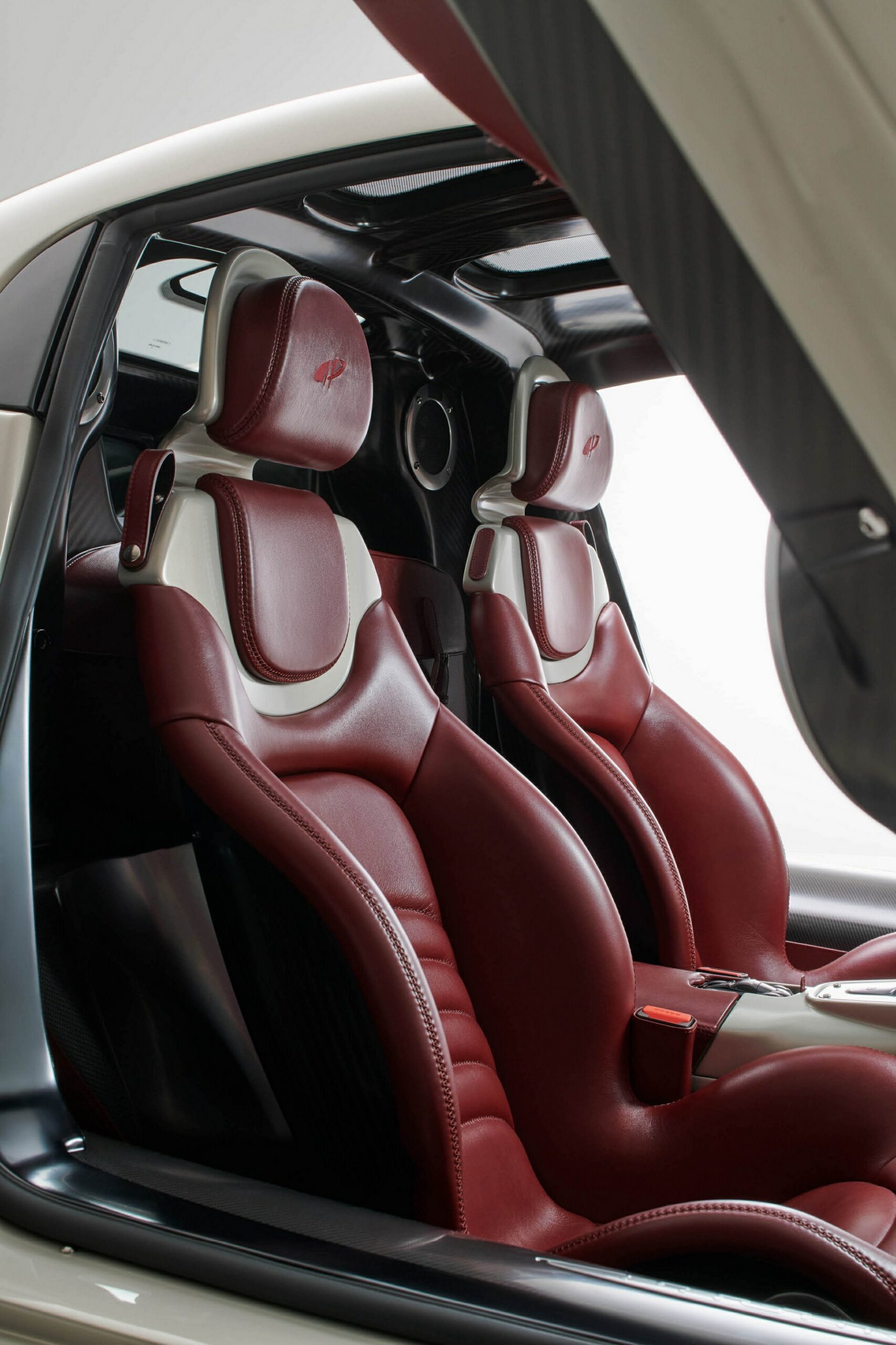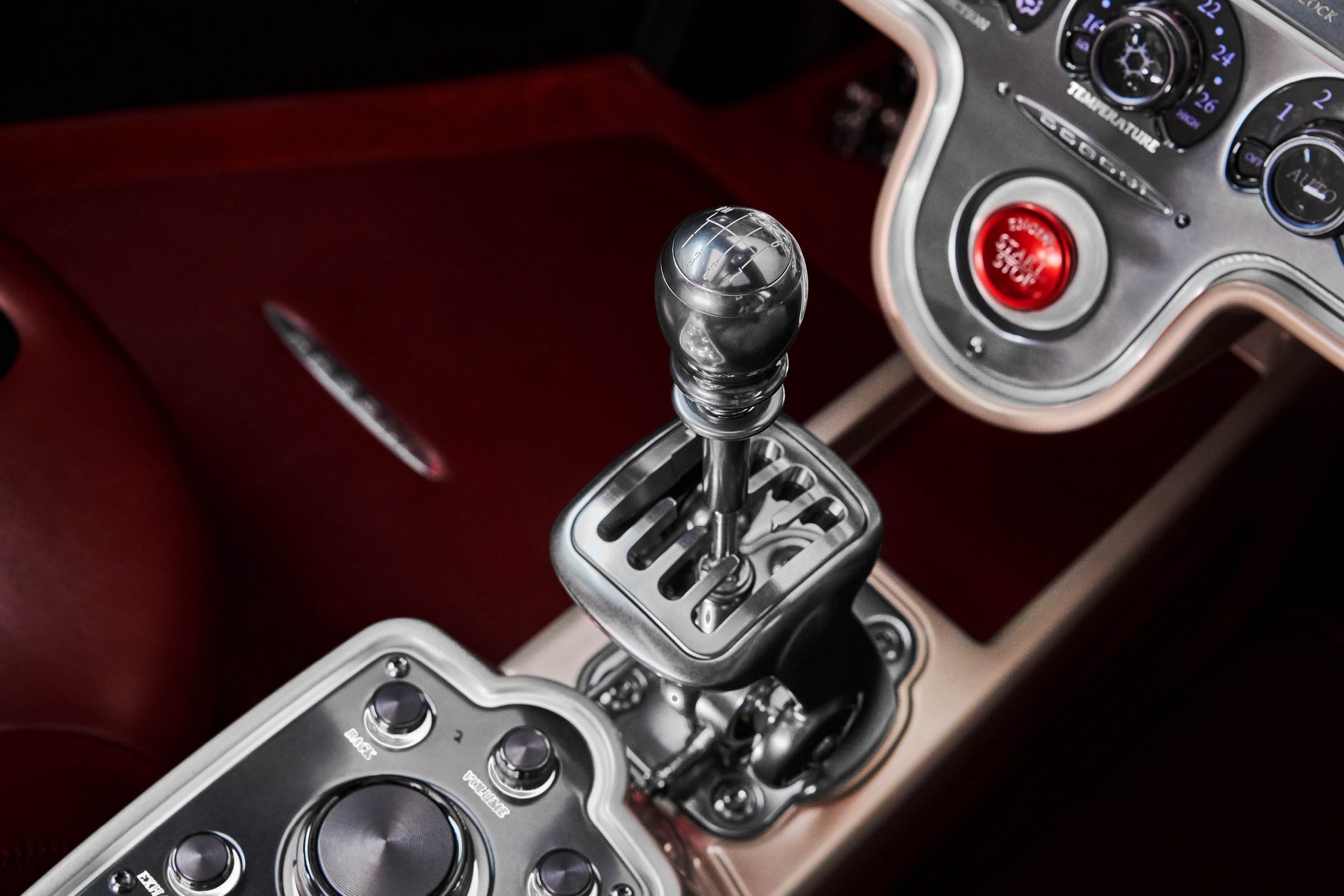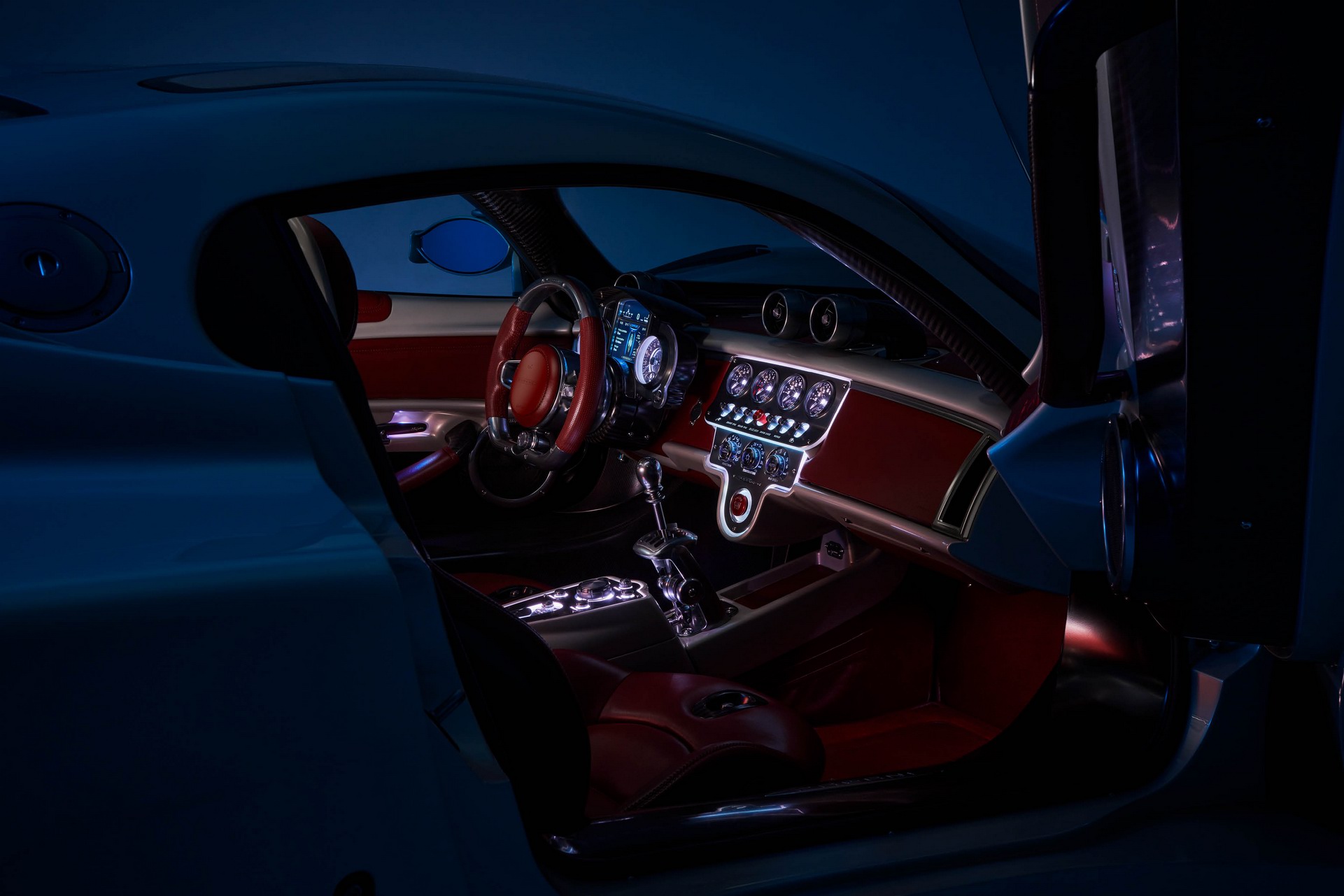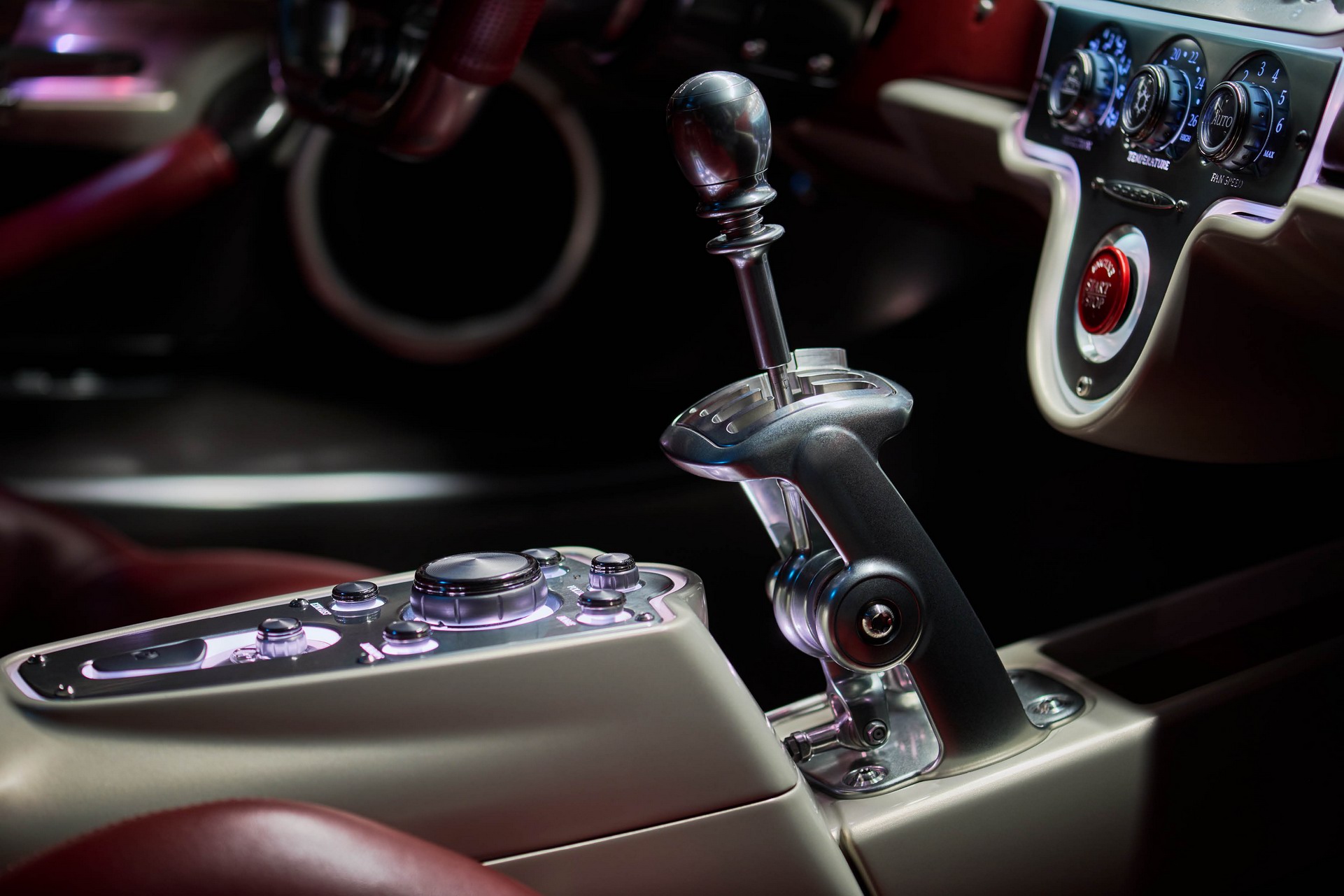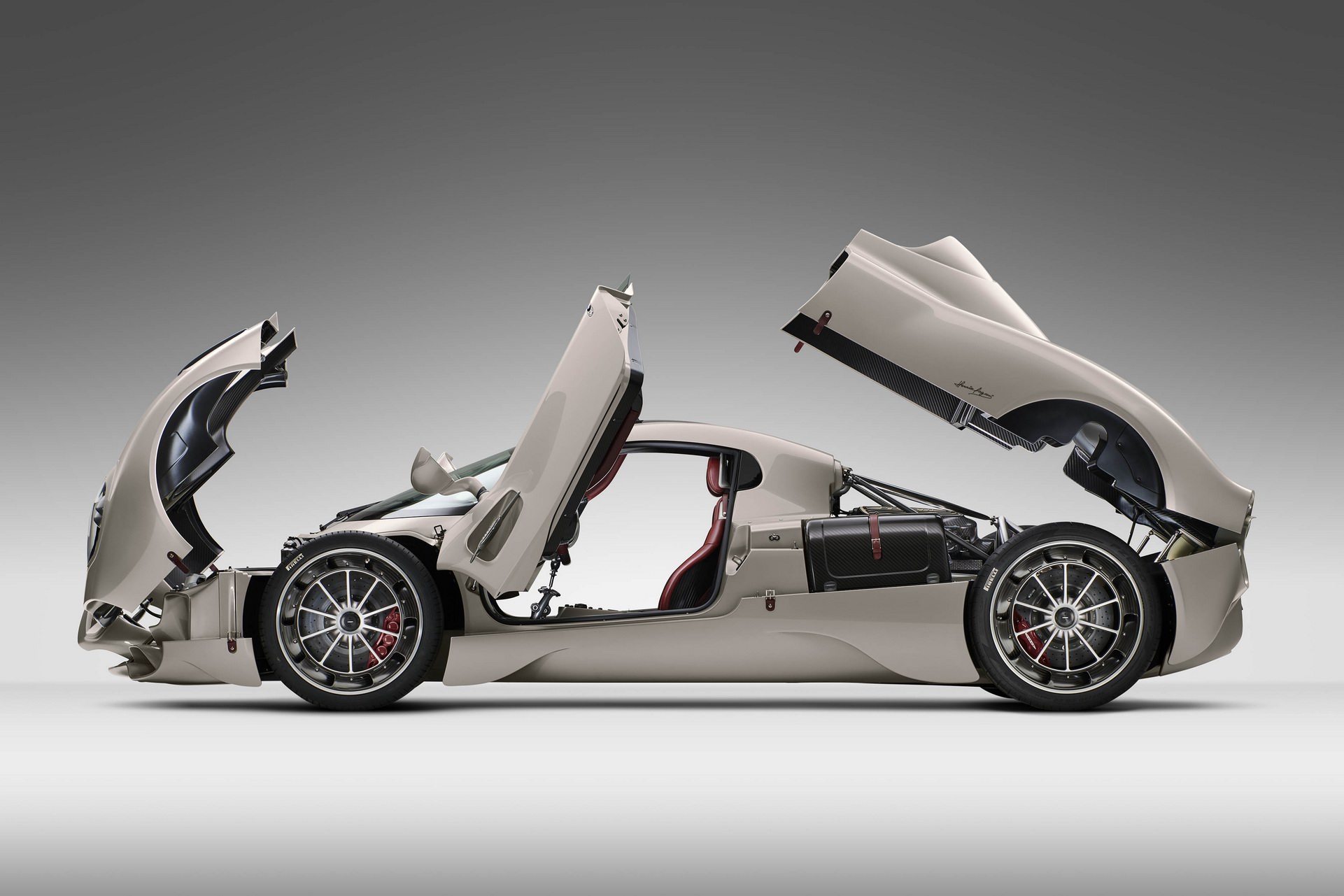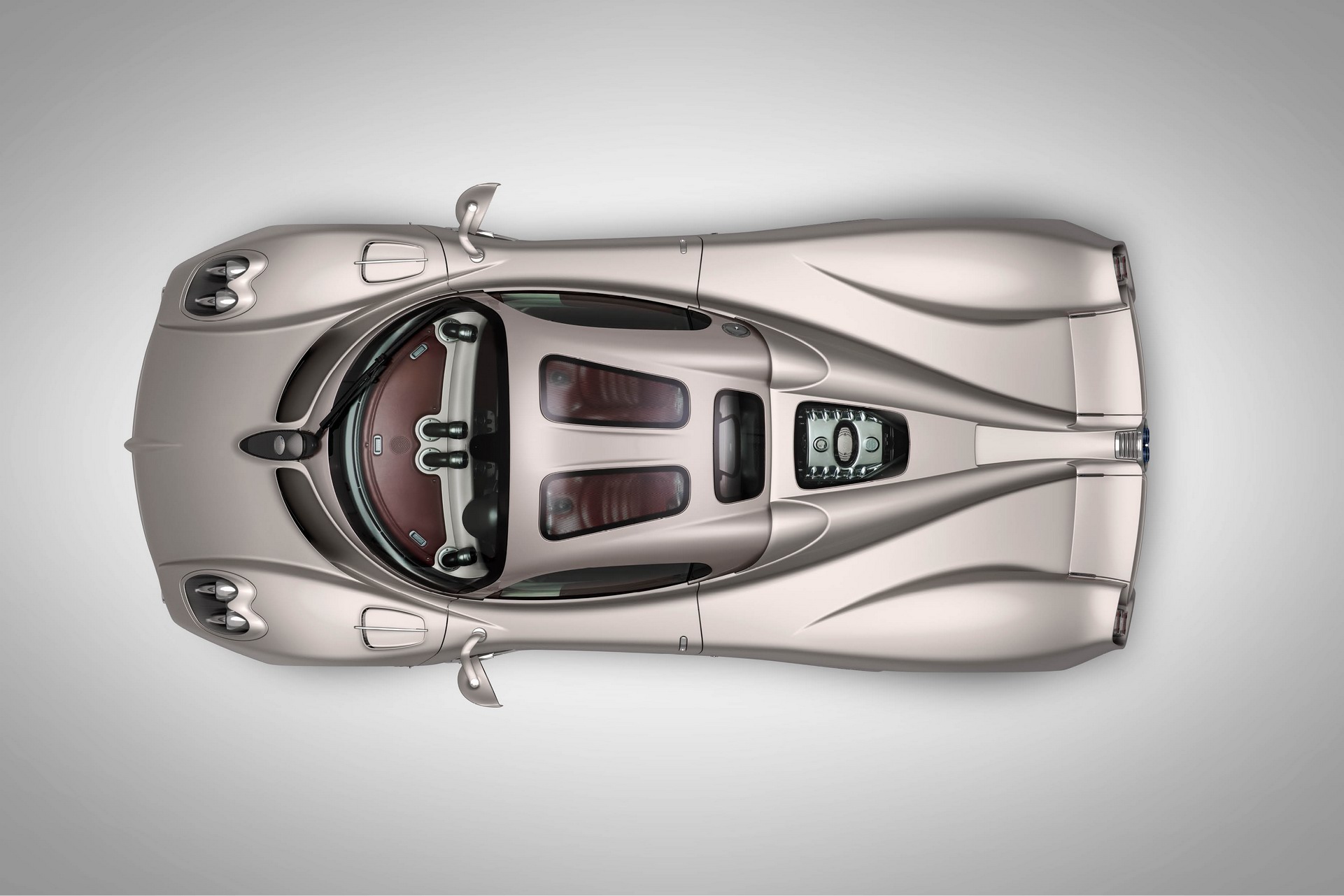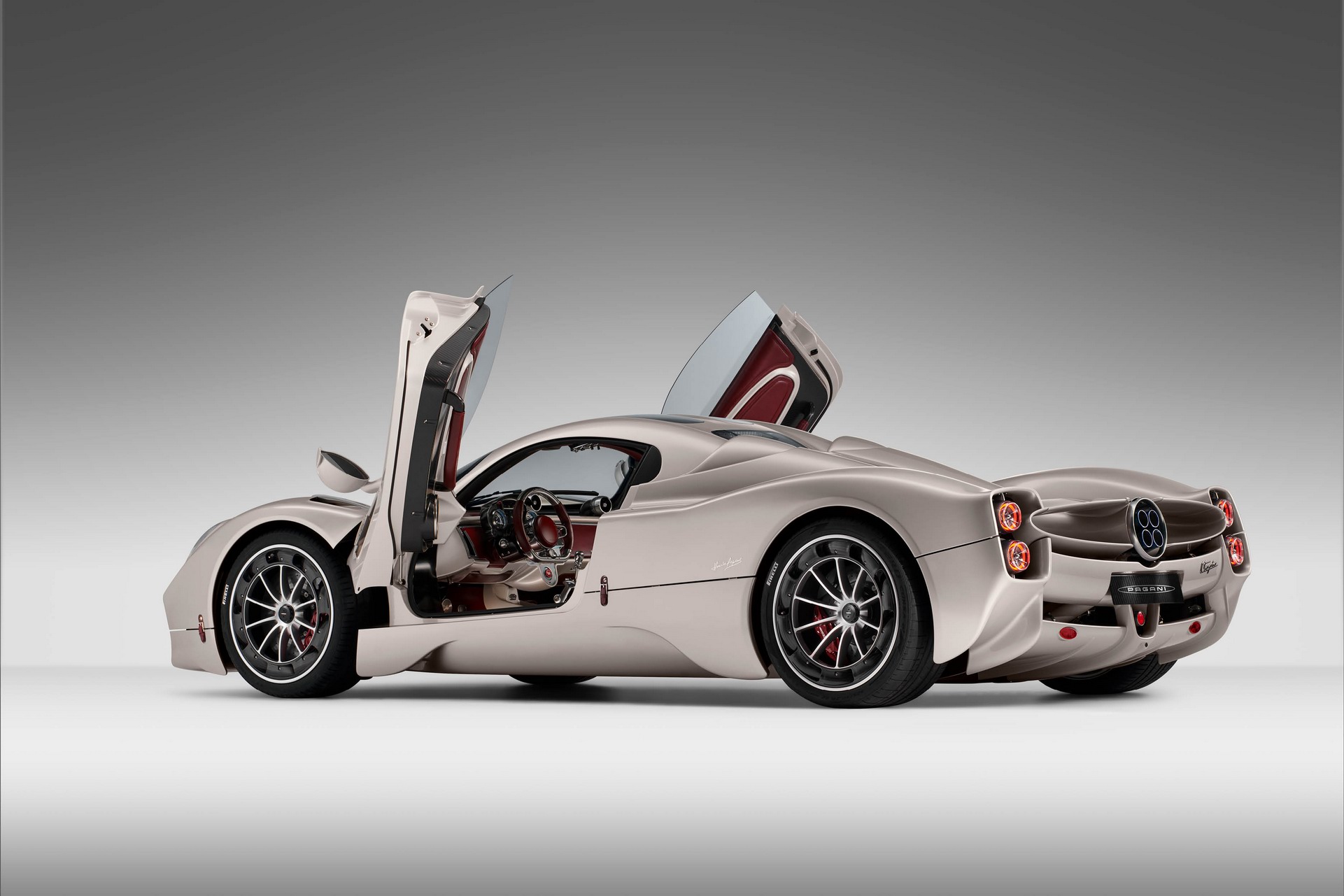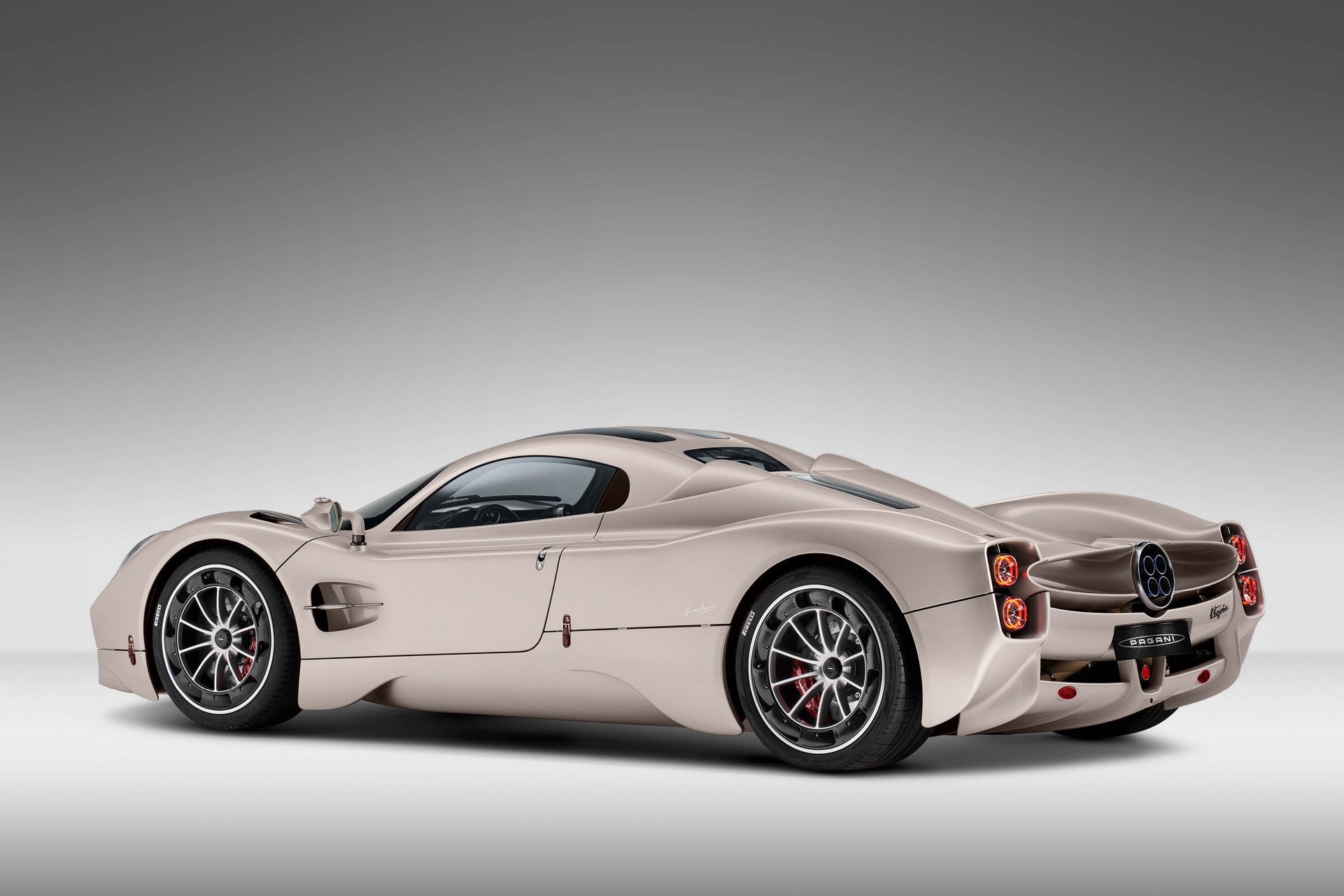Pagani’s successor to the Huayra is the 2023 Utopia, and that name suits it perfectly because this 852-hp (864 PS) hypercar is available with a gated seven-speed manual-shift transmission.
The styling, which the firm claims took six years to perfect, makes it instantly recognisable as a Pagani, with features like the rocket-booster central exhausts, raised rear wings and central boat-tail rear-deck design making the transition from the Huyara it replaces. But the overall look is more muted, and features new design tricks like the bridge spoiler that connects the two rear wings, plus rear lights that appear to be suspended in mid air, and which take their inspiration from jet turbines.
Related: Pagani Ditches EV Plans In Favor Of More V12 Greatness
It’s a similar story inside, where there are plenty of familiar design cues, like the two circular instrument gauges and four ventilation pods on the top of the dash, but enough differences to make a Huyara owner feel like it was worth making the upgrade. In one seemingly backward step Pagani has ditched the old car’s big central touchscreen, its job now performed by a larger digital display between the speedometer and rev counter.
But the big talking point with the car we previously knew only as the C10, is the chrome gated manual shift lever sitting proudly on the center tunnel. Though the original Zonda came with a six-speed manual transmission, the Huyara jumped on the paddle-shift trend and moved to a seven-speed sequential transmission. For the Utopia however, Pagani appears to be offering the best of both worlds, giving buyers the choice of manual or automated single-clutch transmissions. A dual-clutch tranny was ruled out on weight grounds and the result really paid off: the Utopia sighs just 2,822 lbs (1,280 kg), making it almost 150 lbs (70 kg) lighter than the Huyara.
Those transmissions are hooked up to a twin-turbocharged 6.0-liter V12 from Mercedes-AMG that supplements its near-900 hp output with 811 lb-ft (1,100 Nm) of torque all the way from 2,800-5,900 rpm. Pagani says changes to the valvetrain allow it to spin to 6,700 rpm, and while it hasn’t revealed any performance figures it does claim that the Utopia complies with all global emissions regulations, including California’s, which should mean North America sales are on the cards again (the NHTSA recently decided that the Huyara could no longer be imported to the U.S. on safety grounds).
The images of the suspension components are so stunning it’s almost a shame that they’re hidden by the bodywork. Connected to each subframe are forged aluminium double wishbones plus pushrod springs and dampers which Pagani describes as “semi active” and capable of withstanding attacks on curbs during track driving while still offering a decent ride on public roads in normal use thanks to their various available modes.
And marrying those suspension components to the road is a set of seriously cool APP Tech forged aluminium rims measuring 21 inch at the front and 22 inches at the back, each wrapped in Pirelli P Zero Corsa rubber. Or, says Pagani, Pirelli SottoZero winter boots, if you prefer. It might seem crazy to think about driving a car this powerful and this expensive (€2.17 m / $2.19 m plus taxes) in the ice and snow, but with a manual shifter to play with we’d want to be driving the Utopia every single day.
What do you think of the Utopia? Is it a worthy successor to the Huyara and how does it stack up against other big-money hypercars available right now? Leave a comment and let us know.




